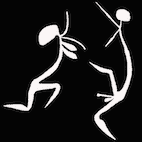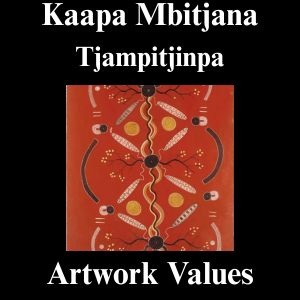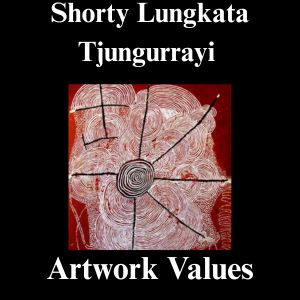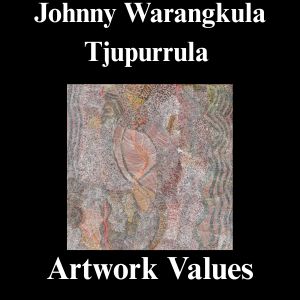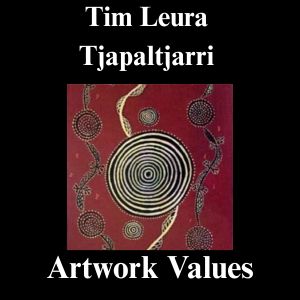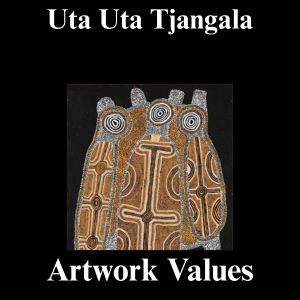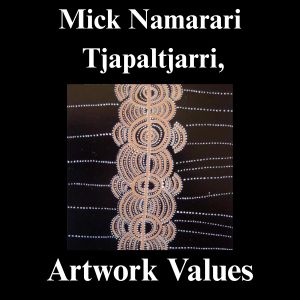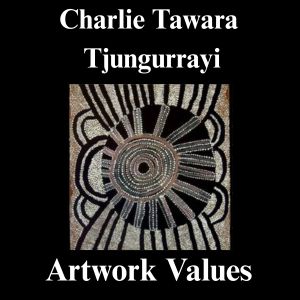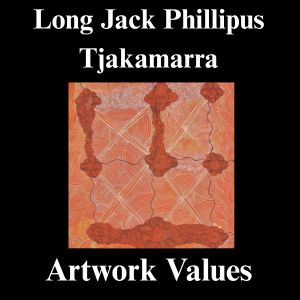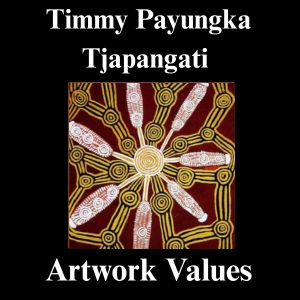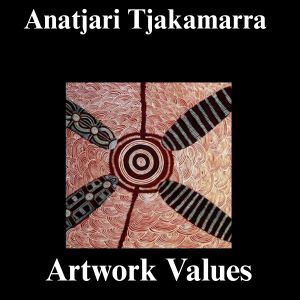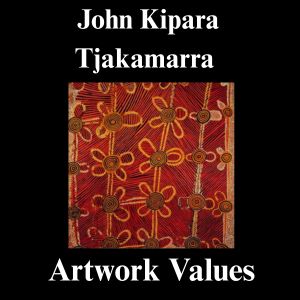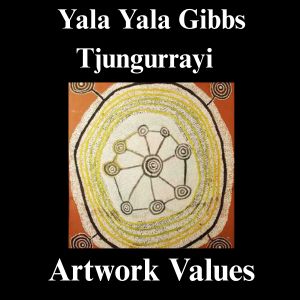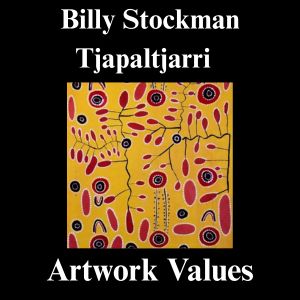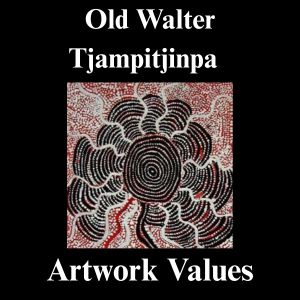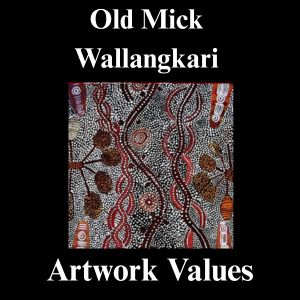Timmy Payungka Tjapangati Artworks
Timmy Payungka Tjapangati’s “Cave Story” 1971: Record-Breaking Western Desert Aboriginal Art Sale
The highest-selling artwork by renowned Western Desert artist Timmy Payungka Tjapangati is Cave Story (1971), which fetched AUD $70,000, highlighting its significance as one of the earliest examples of Papunya Tula art produced during the foundational year of the Western Desert art movement. While Cave Story holds historical importance and strong market appeal due to its early creation date, some art experts and collectors argue that other works—such as Kadiacha Story, which sold for AUD $8,000—are more representative of Timmy’s traditional iconography and artistic depth. This piece better reflects the cultural narratives and stylistic hallmarks that define Timmy’s contribution to Aboriginal dot painting and the visual storytelling of the Western Desert.
I specialize in the private treaty sale of early and significant artworks by Timmy Payungka Tjapangati. If you have an example that you wish to have appraised please feel free to send me images and dimensions.

Foundations of Western Desert Aboriginal Art (1971–1974): Timmy’s Early Art
Timmy began painting at the inception of the Western Desert art movement in 1971, positioning himself as a key figure in the early Papunya Tula art collective. As a Kadaitcha man with high ceremonial authority, Timmy felt empowered to depict sacred iconography, including designs traditionally found on Tjuringa and bullroarers—elements deeply embedded in Western Desert Aboriginal culture. His early works were painted on masonite and salvaged building materials, often using monochrome backgrounds. Distinct from some of his peers, Timmy blended the traditional desert palette—white, red, black, and yellow—to create rich earth tones like orange and brown, foreshadowing his evolving aesthetic.
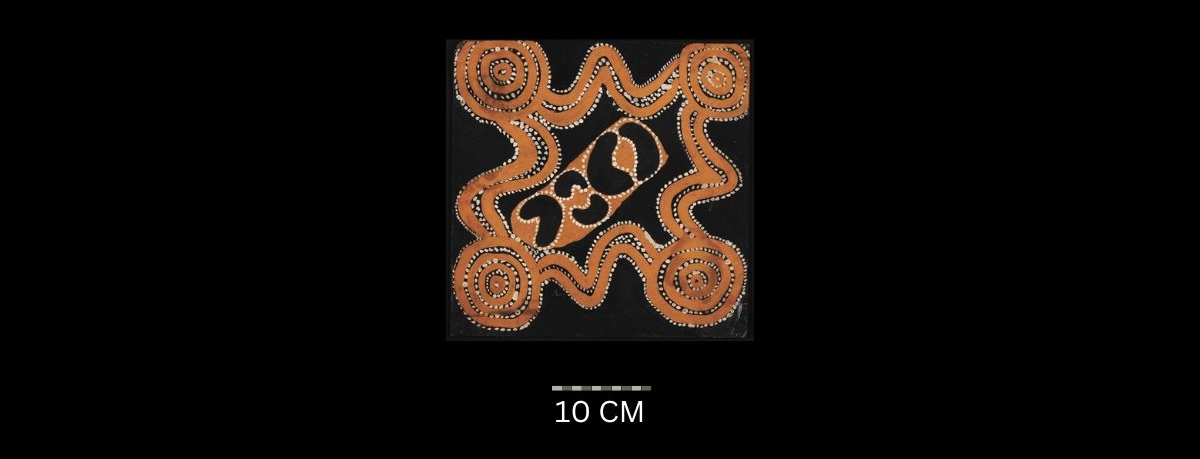
Men’s Traveling Dreaming 1971
Synthetic polymer paint on square linoleum tile,
30 x 30 cm
Hammerprice: A$20,000

Cave Dreaming 1971
Synthetic polymer powder paint on composition board,
24 x 22 cm
Hammerprice: A$5,250
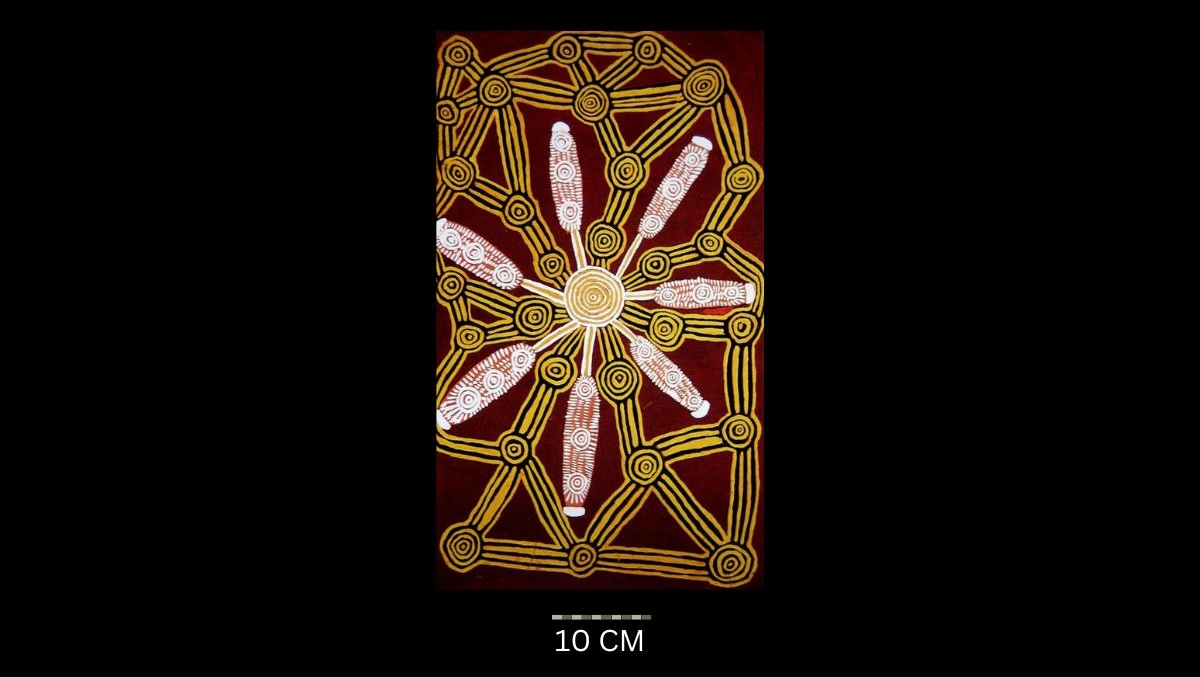
Kadaitcha Story 1971-72
Synthetic polymer/powder paint on composition board, bears artist’s name, title and Stuart Art Centre consignment number 100-1 on the reverse,
55.5 x 32 cm
Hammerprice: A$8,000
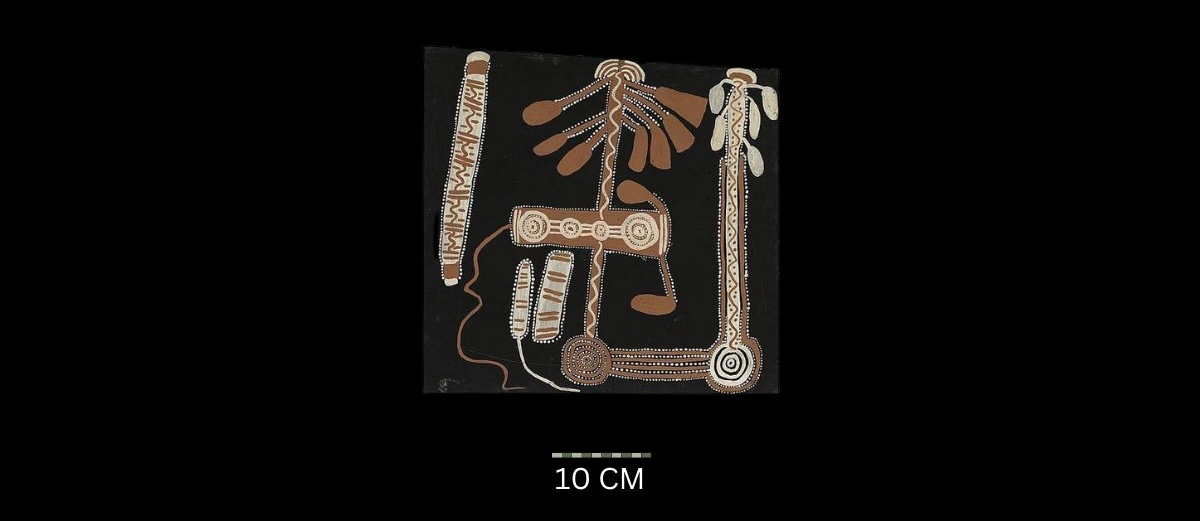
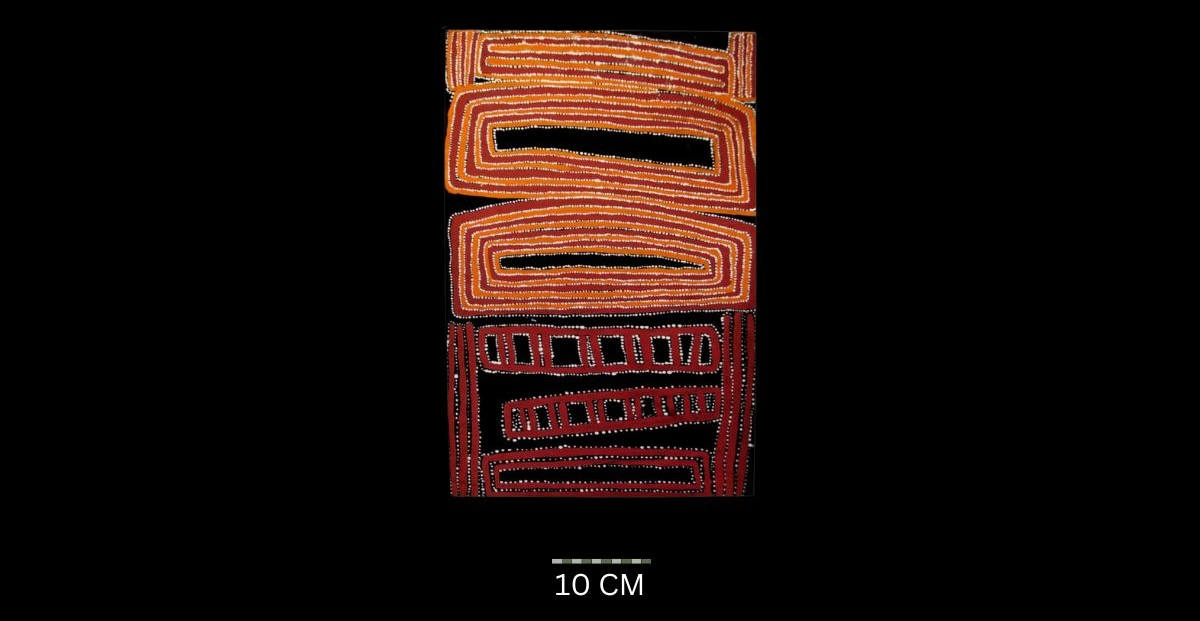
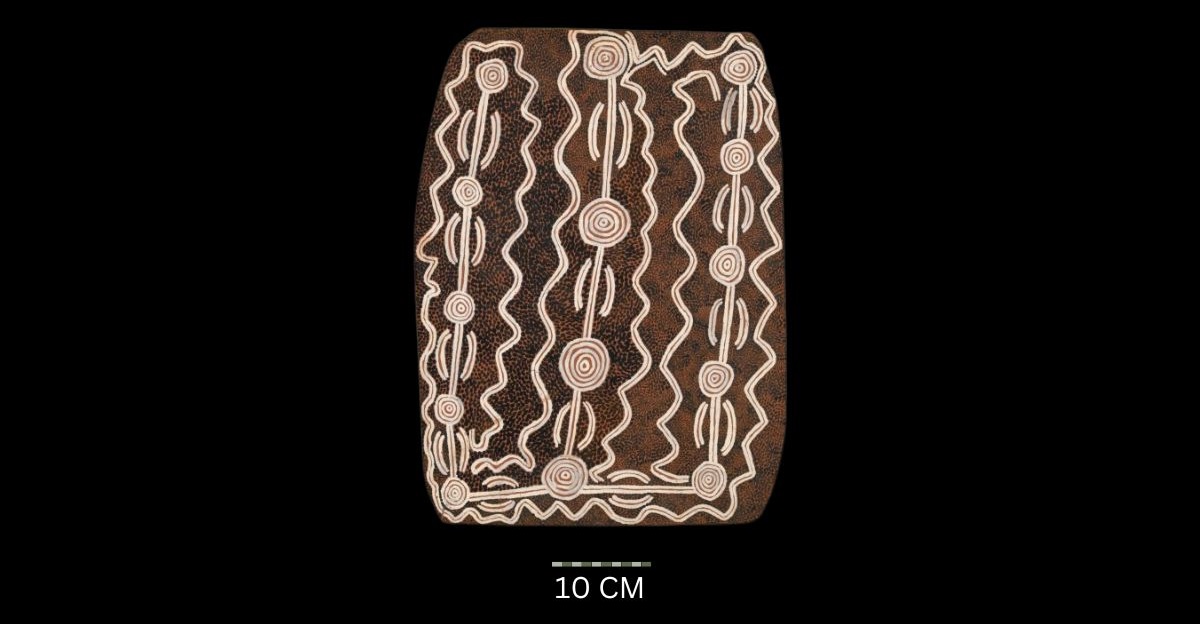
Big Rain Story
Date not recorded but likely 1971-72
Synthetic polymer powder paint on composition board,
50.4 x 37.5 cm
Hammerprice: A$9,000
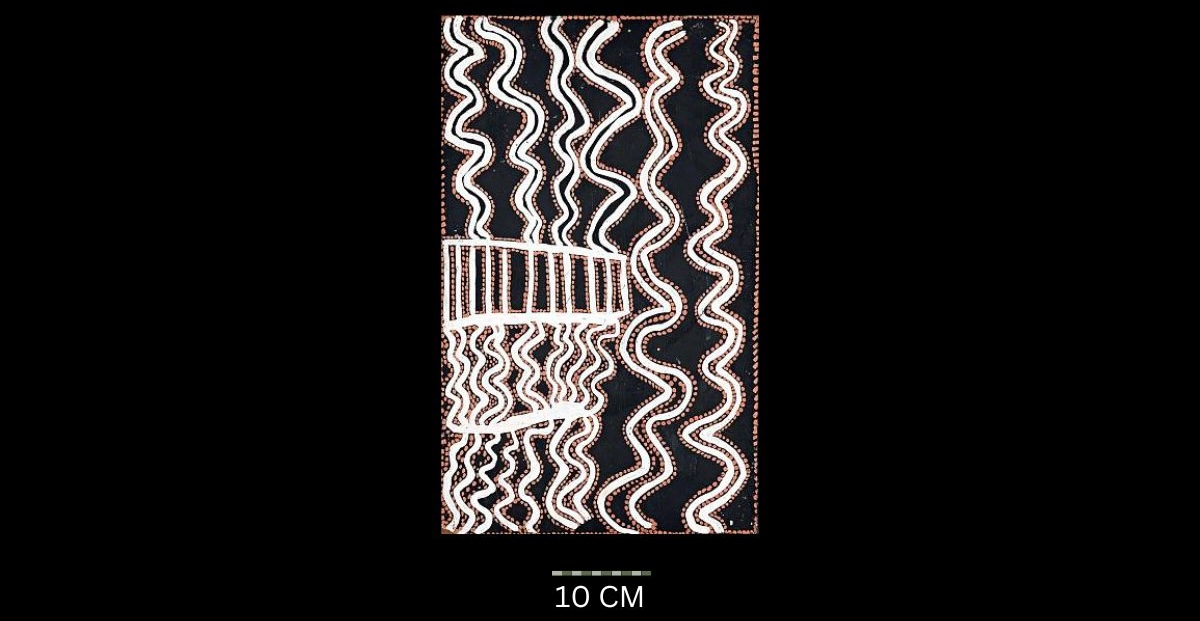
Water Dreaming 1971-72
Synthetic polymer paint on composition board, bears artist’s name ‘Timmy Jabanardi’ (sic.) on the reverse,
51 x 31 cm
Hammerprice: A$26,000
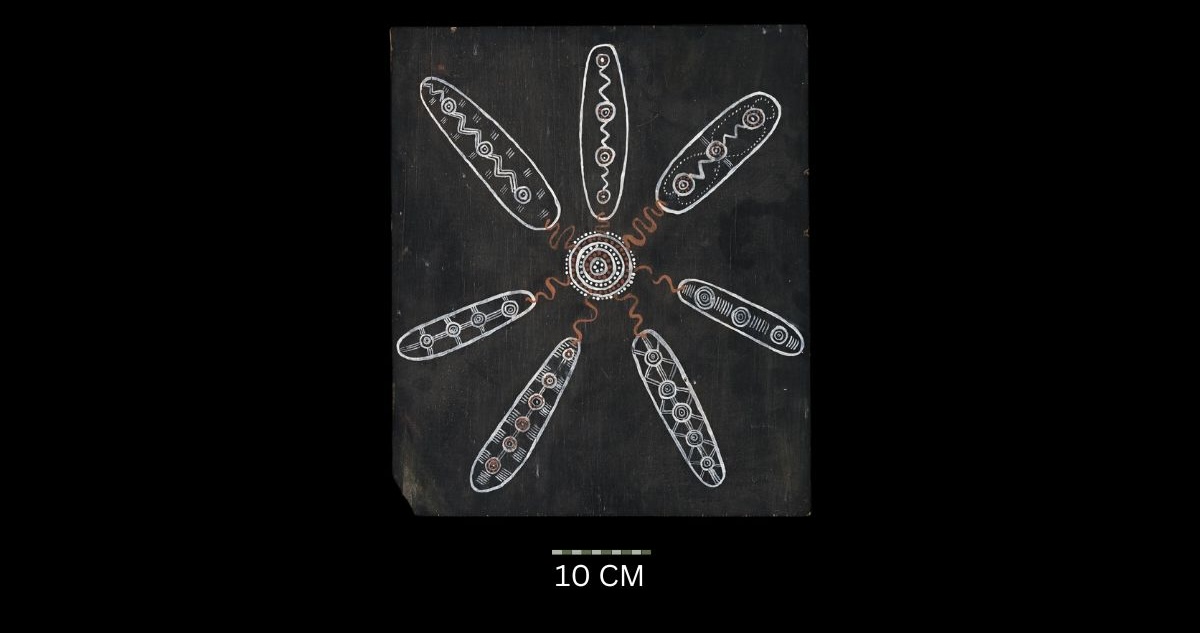
Untitled, c1974
Sold as before 1974 and likely 1971-72
Synthetic polymer powder paint on plywood, inscribed indistinctly verso, artist’s name, 50 x 42 cm
Hammerprice: A$3,400
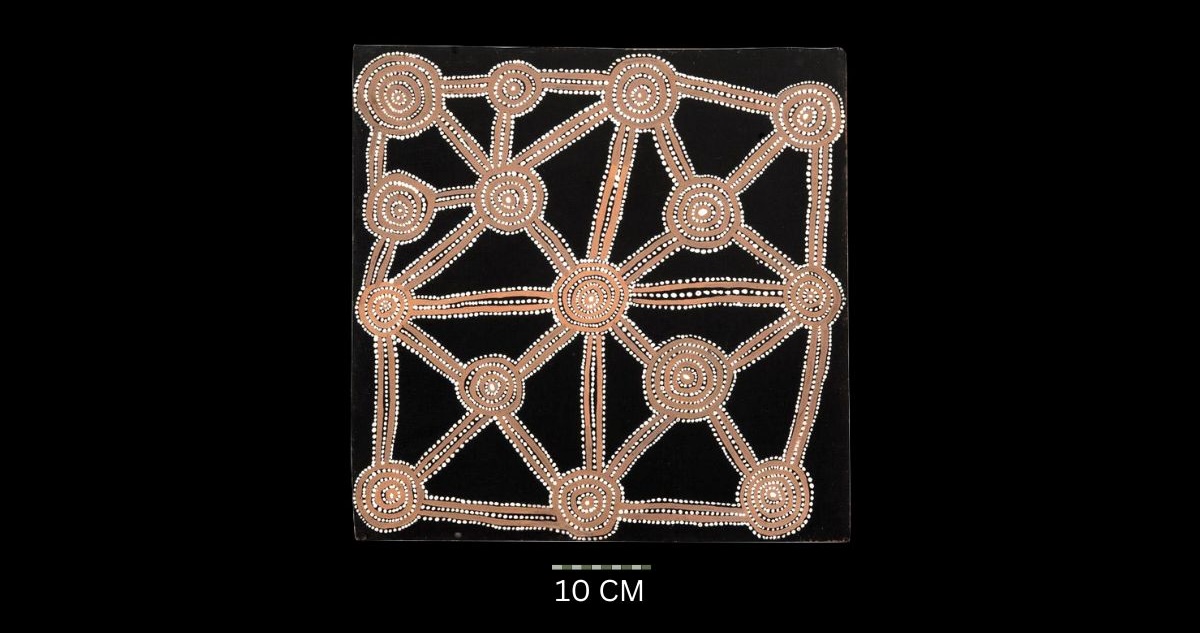
Men’s Corroboree, Circa 1972
Synthetic polymer paint on board,
50 x 50 cm
Hammerprice: A$17,000
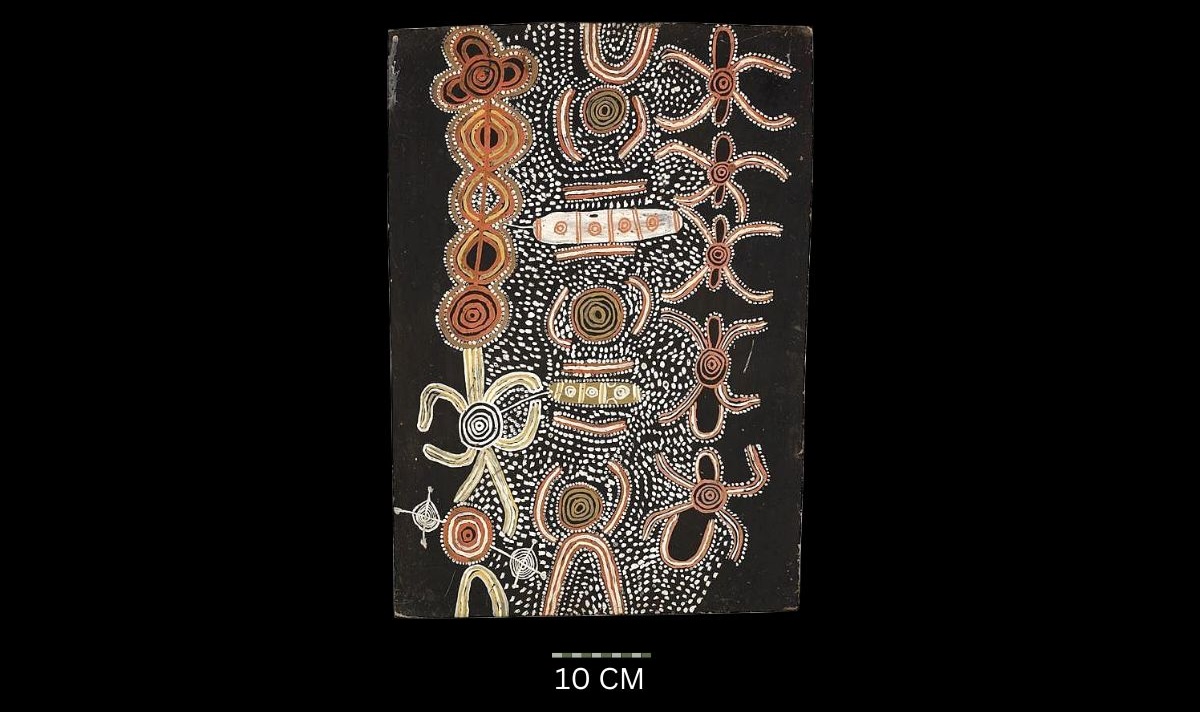
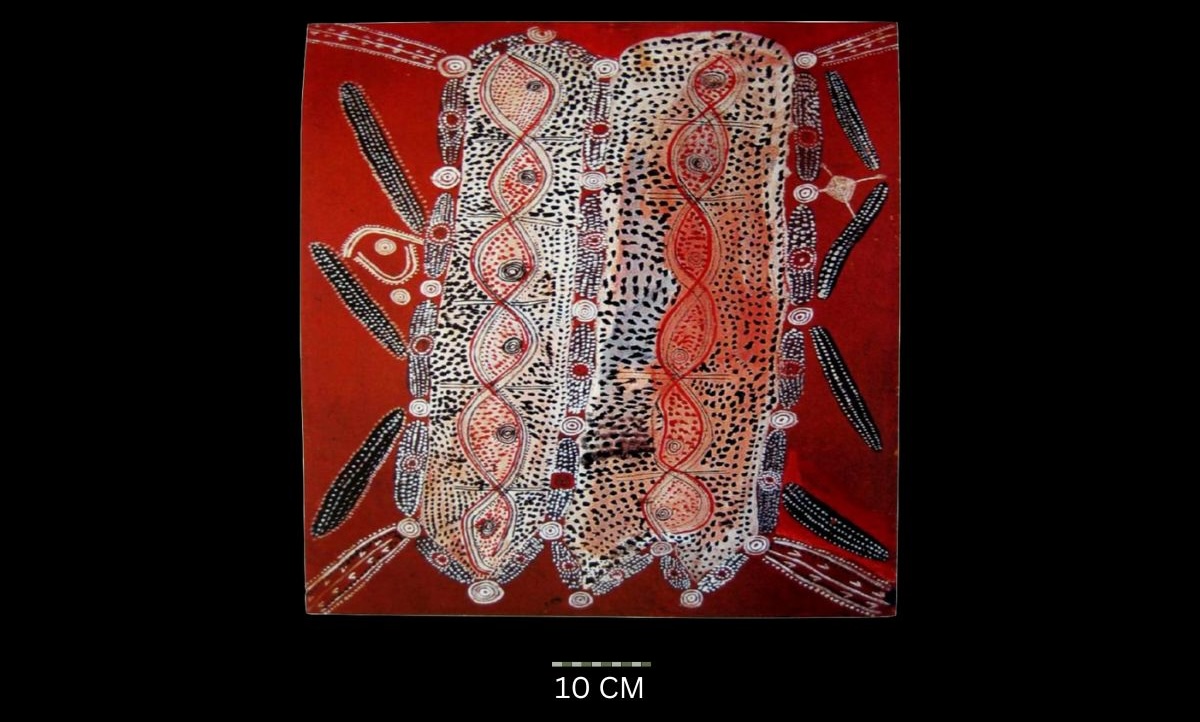
Big Corroboree 1972
Synthetic polymer powder paint on composition board,
45 x 61 cm
Hammerprice: A$20,000
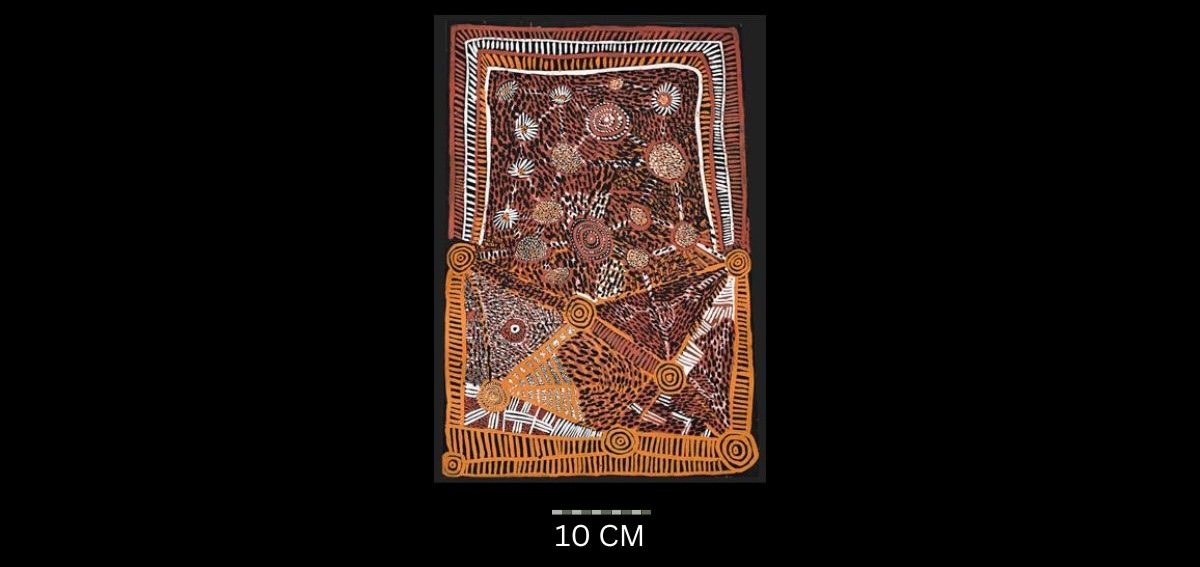
My Country (Homeland) Bush Tucker Story, 1972
Synthetic polymer powder paint and PVA on composition board,
46 x 31 cm
UNSOLD
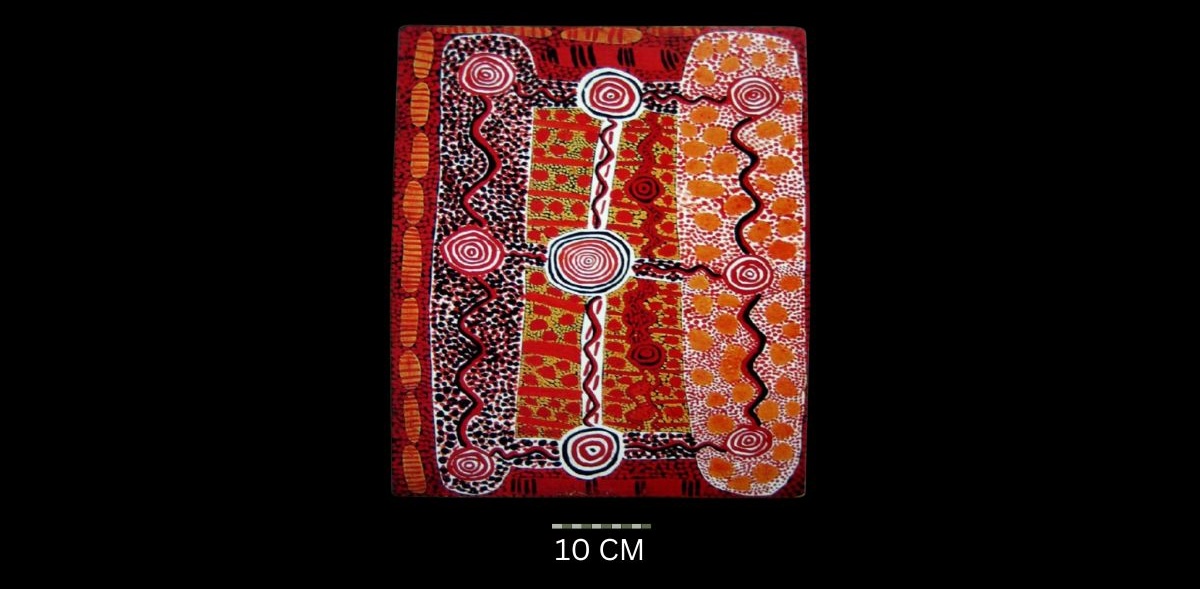
Untitled 1972
Synthetic polymer powder paint on composition board, bears Stuart Art Centre consignment number 14011 on the reverse,
47 x 30.5 cm
Hammerprice: A$7,000
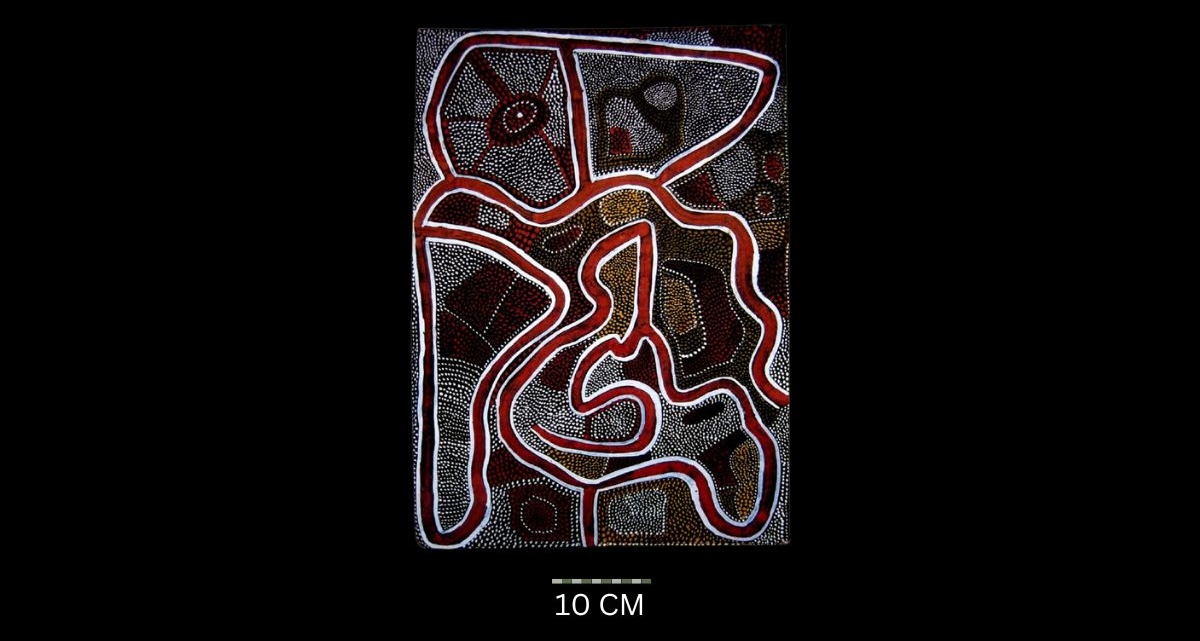
Snake Story 1972
Synthetic polymer paint on composition board, bears Stuart Art Centre consignment number 15003 on the reverse,
51 x 35.5 cm
UNSOLD
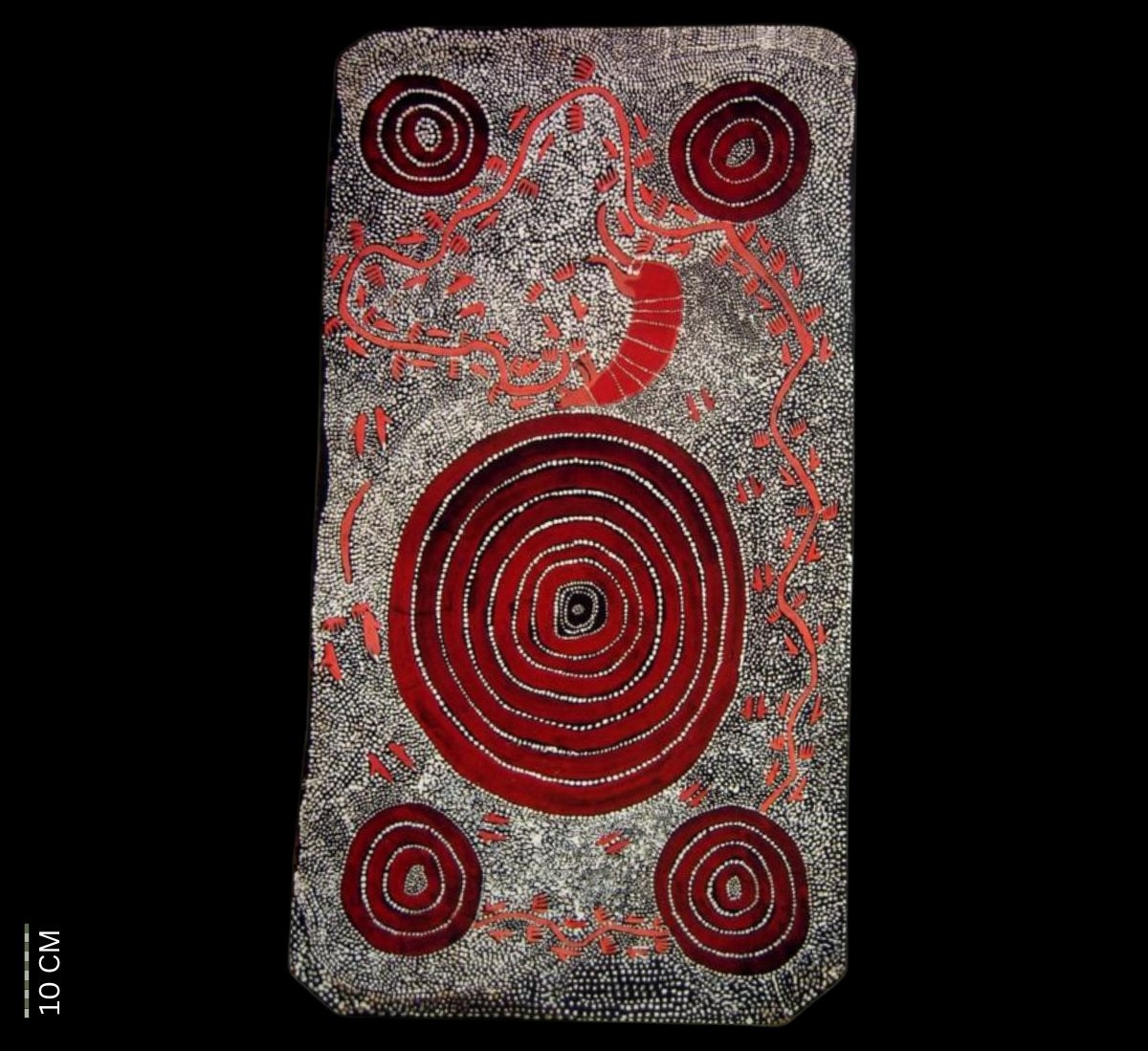
Untitled (Kangaroo Story) c. 1972
Synthetic polymer paint on composition board,
104.5 x 58.5 cm
Hammerprice: A$28,000
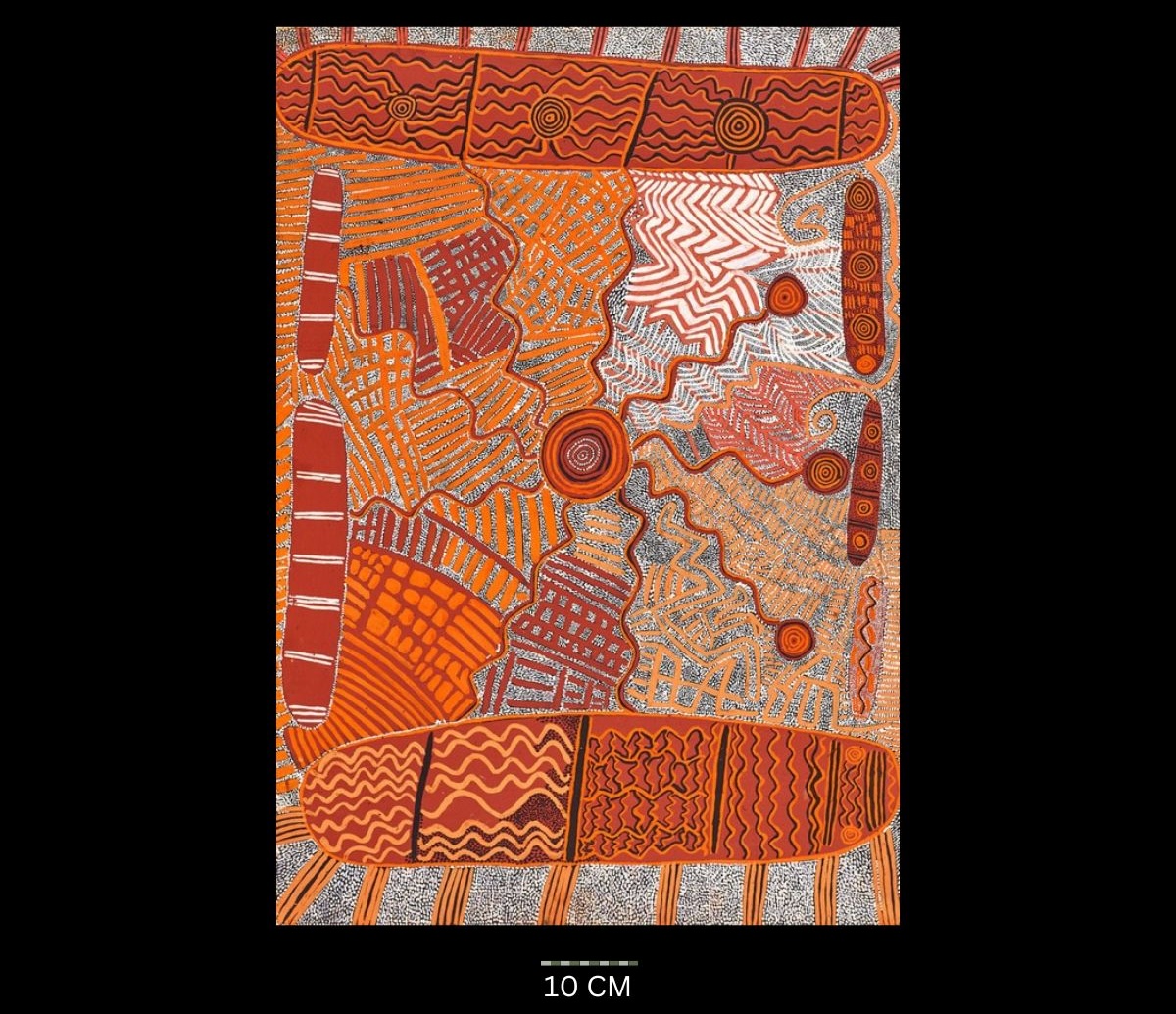
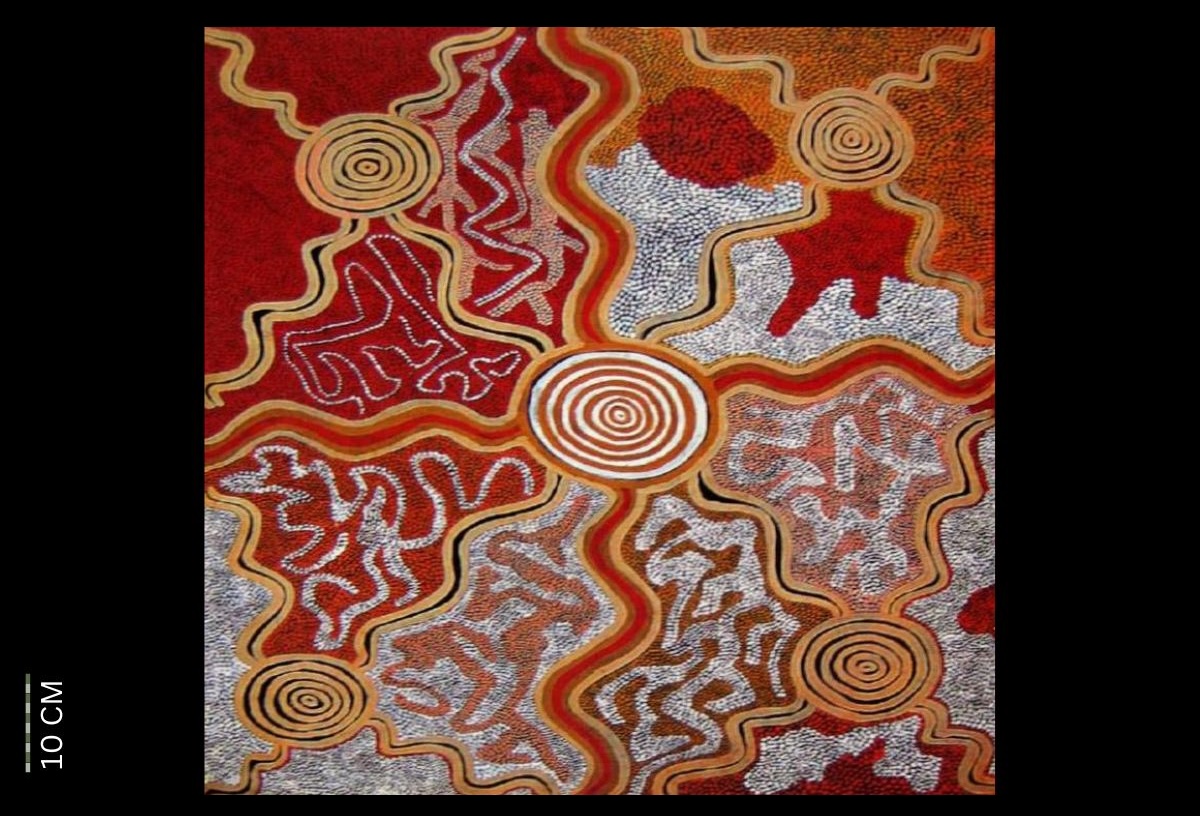
Two Children at Pirriyapurupurunya 1973
Synthetic polymer powder paint on composition board, bears artist’s name, title of the painting, date and Papunya Tula catalogue number TP731097 on Aboriginal Arts and Crafts label on the reverse,
79 x 61 cm
Hammerprice: A$5,000
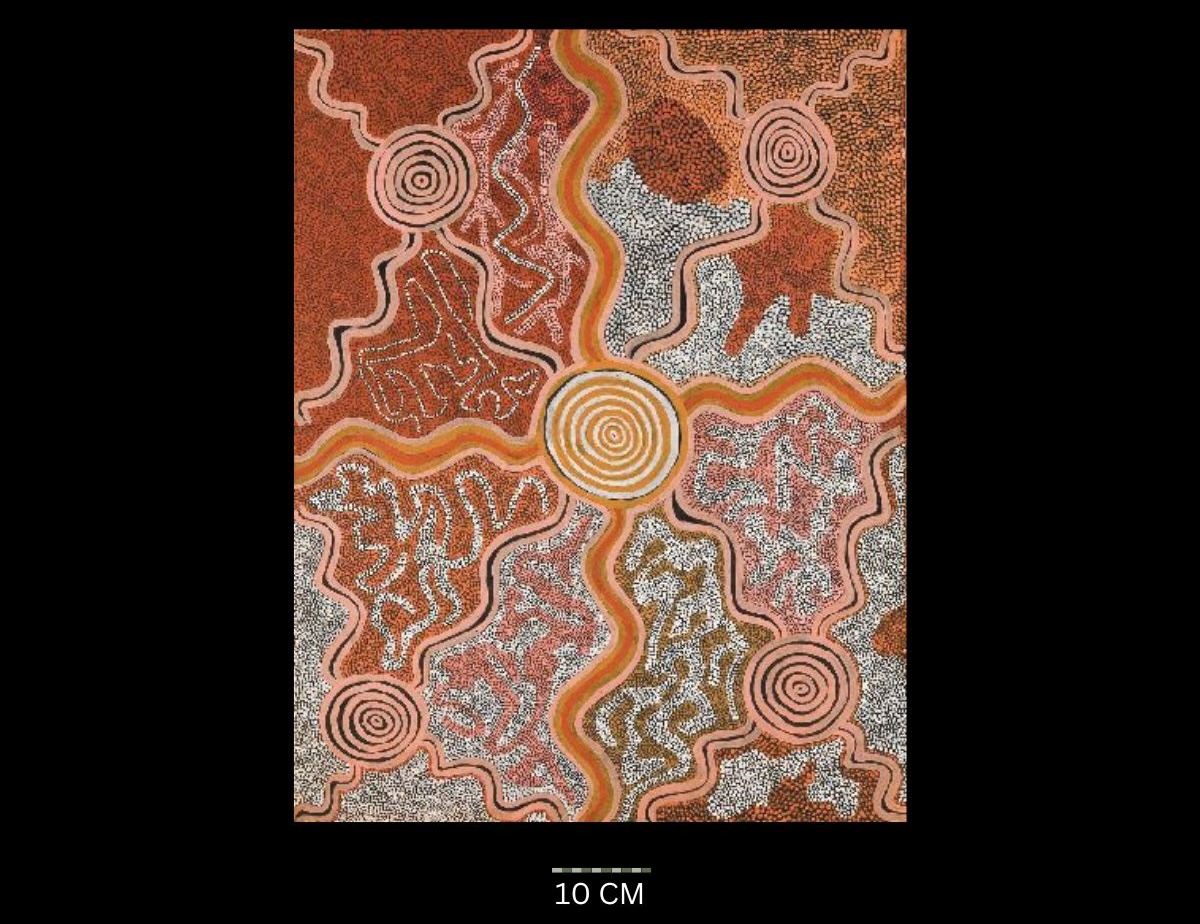
The Tingari Cycle Era (1974–1994): Timmy’s Expansion and Tradition
Between 1974 and 1994, Timmy’s paintings became part of a wider movement centered on the depiction of the Tingari Cycle, a complex series of Dreaming narratives central to Pintupi culture. With the introduction of artist canvas boards and stretched canvases, he was able to create larger and more ambitious works. Although many artists of this period, including Mick Namarari and Johnny Warangkula, shifted toward intricate dot fields as the focal point, Timmy retained a strong emphasis on traditional Aboriginal iconography. He occasionally incorporated concentric squares—designs reminiscent of ceremonial churinga from further west—although his stylistic output generally aligned with broader trends of this pivotal era in desert painting.
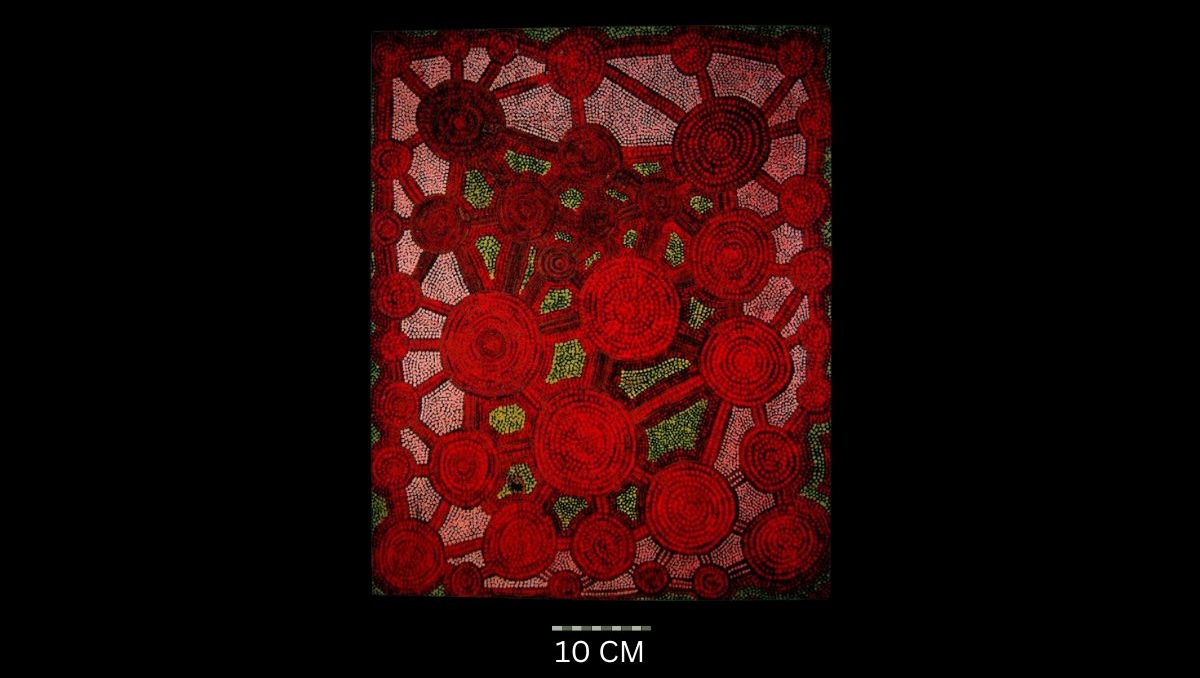
Untitled – Tingari Cycle
date not recorded but likely 1975
Synthetic polymer on canvas board,
56 x 45.5 cm
Hammerprice: A$8,000
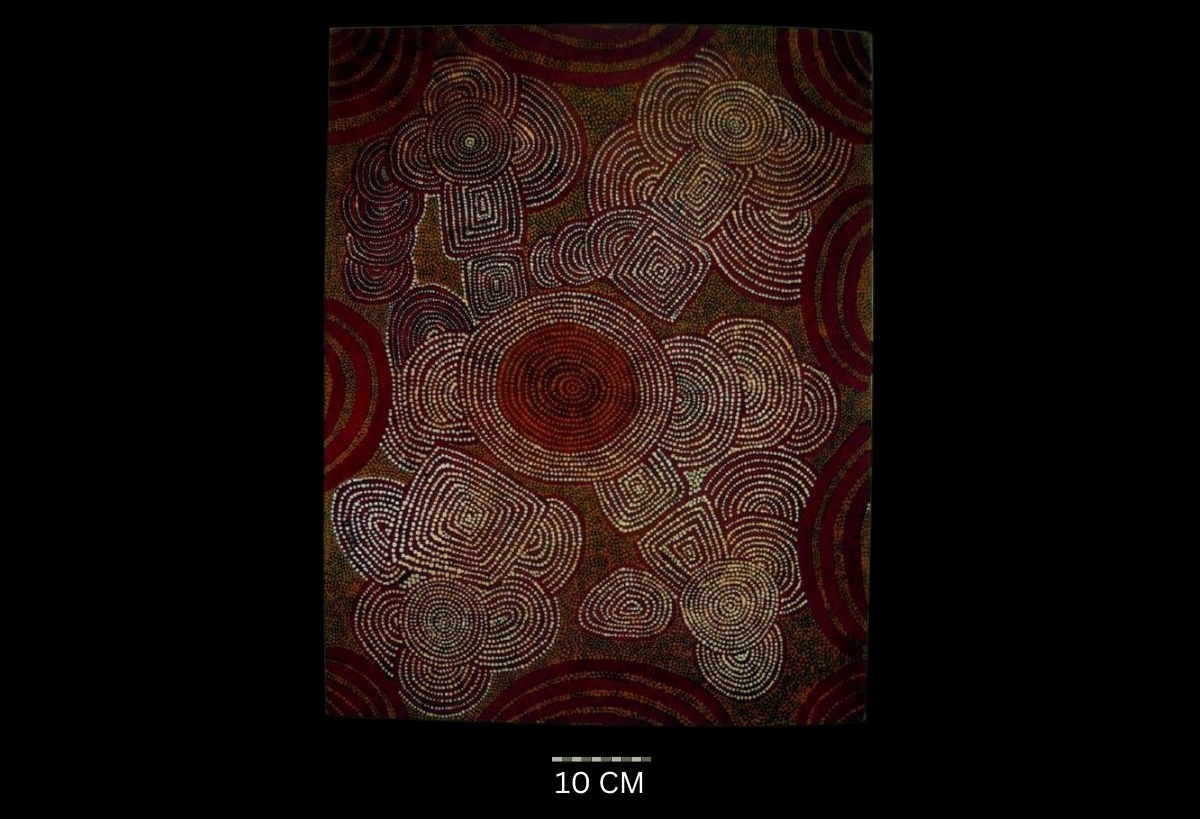
Untitled 1976
Synthetic polymer paint on canvas board, bears artist’s name and Papunya Tula Artists catalogue number TP761152 in ballpoint pen on the reverse,
71 x 55.5 cm
Hammerprice: A$8,000
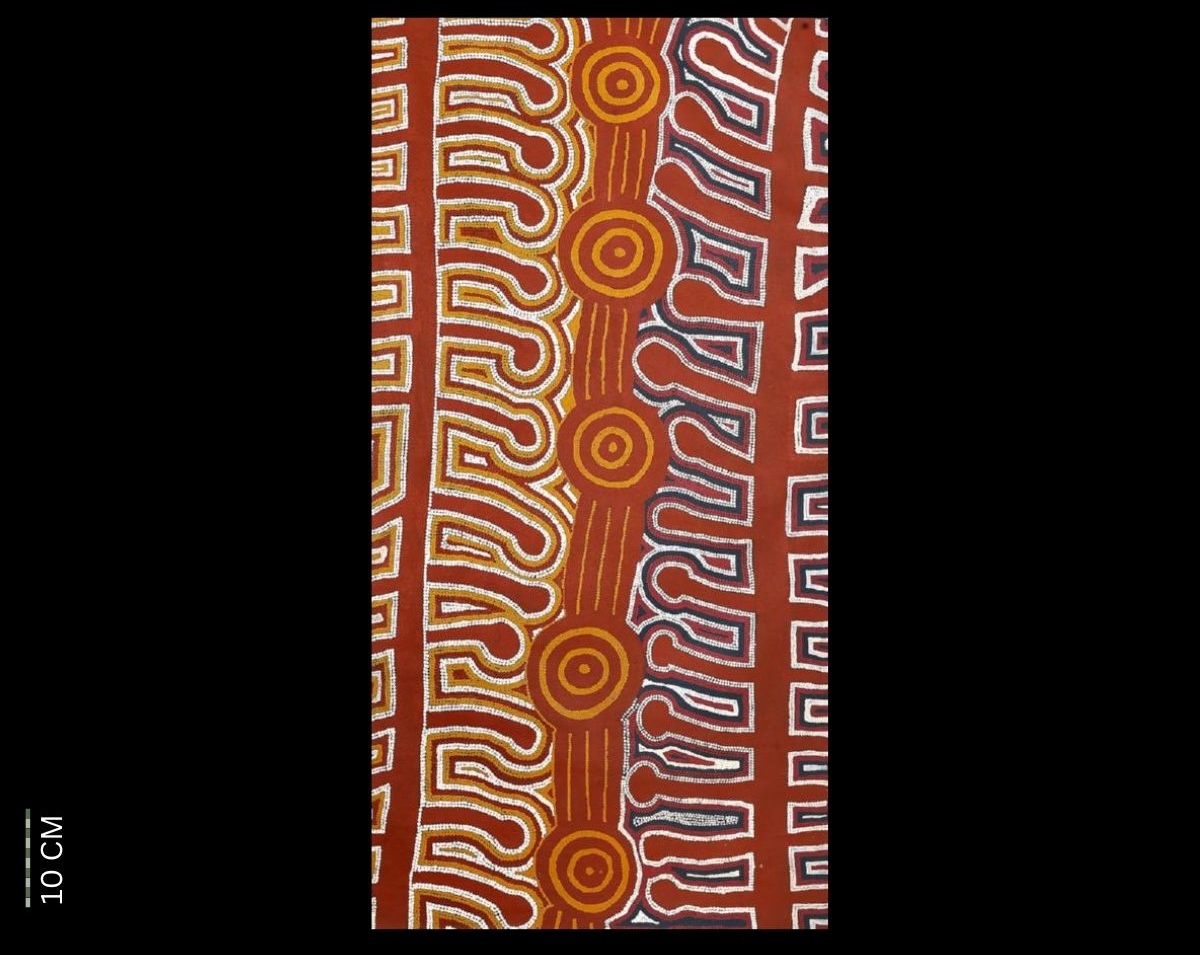
Witi Pole at Lajamanu
Acrylic on canvas,
91 x 181 cm
Hammerprice: A$6,800
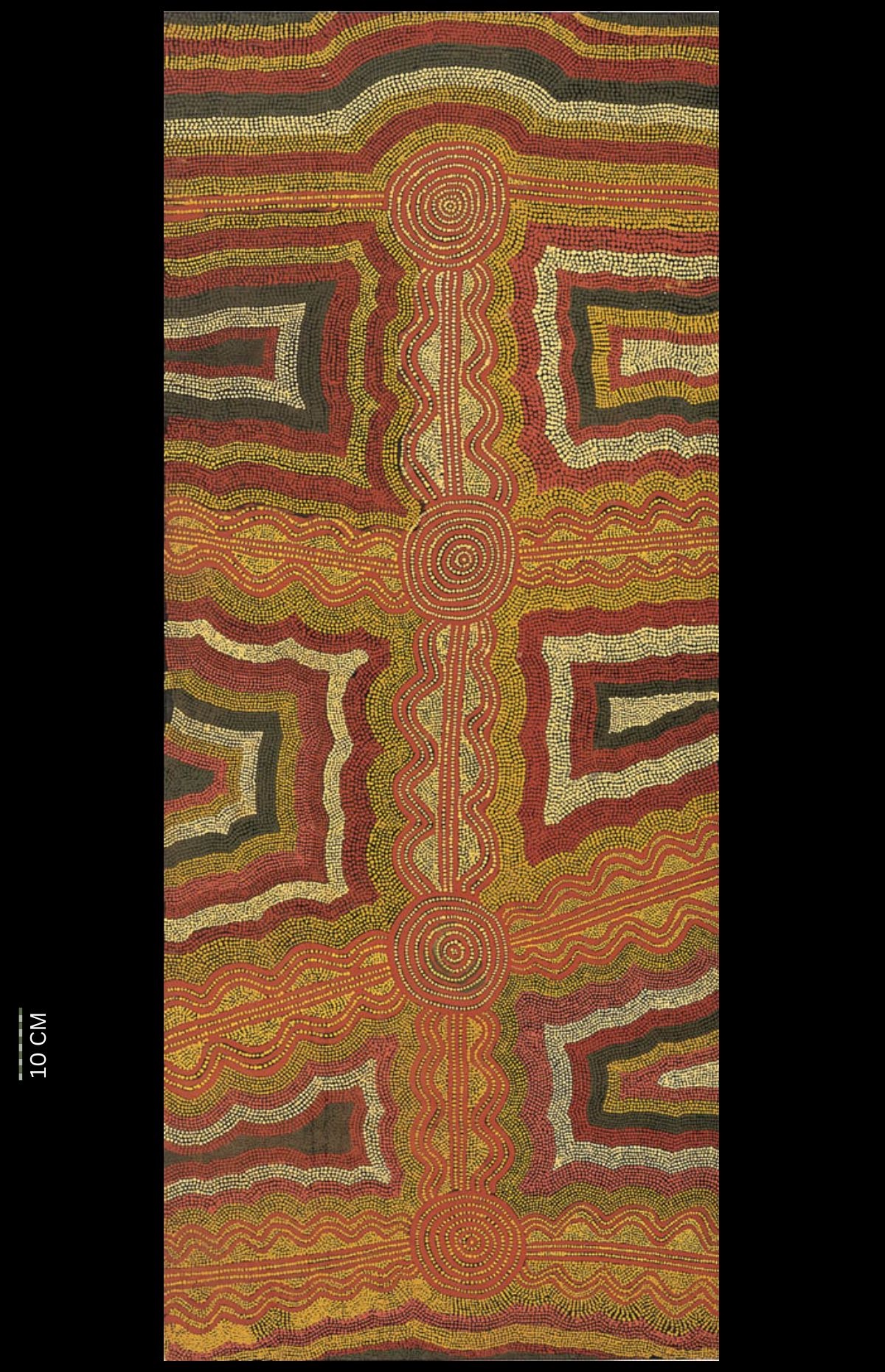
Untitled 1982
Synthetic polymer paint on canvas, inscribed verso, ‘TP820833’,
183 x 76.5 cm
Hammerprice: A$2,600
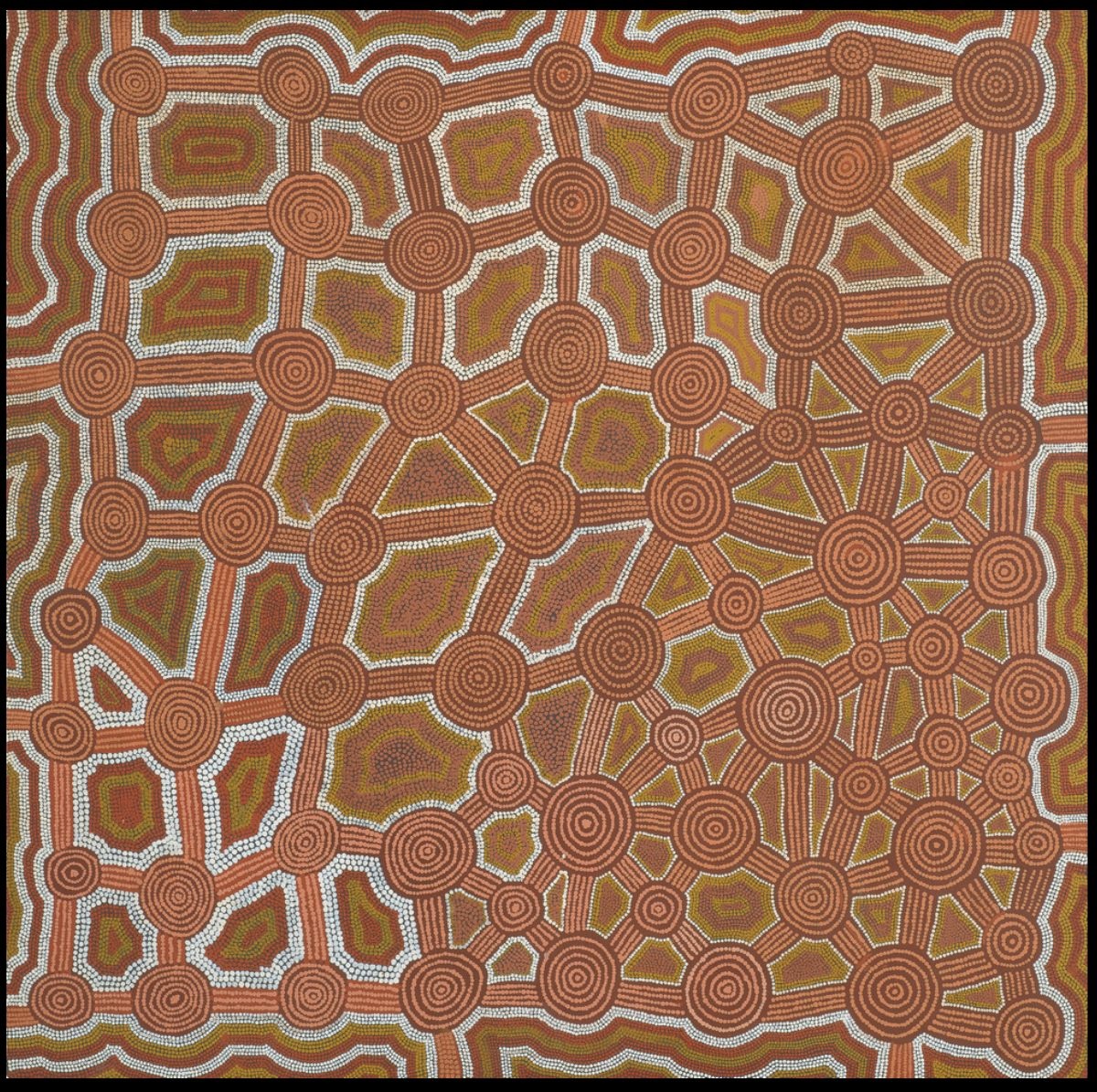
Parrapi, 1985
Synthetic polymer paint on linen, bears Papunya Tula Artists catalogue number TT851109 on reverse,
138.7 x 137 cm
Hammerprice: A$10,000
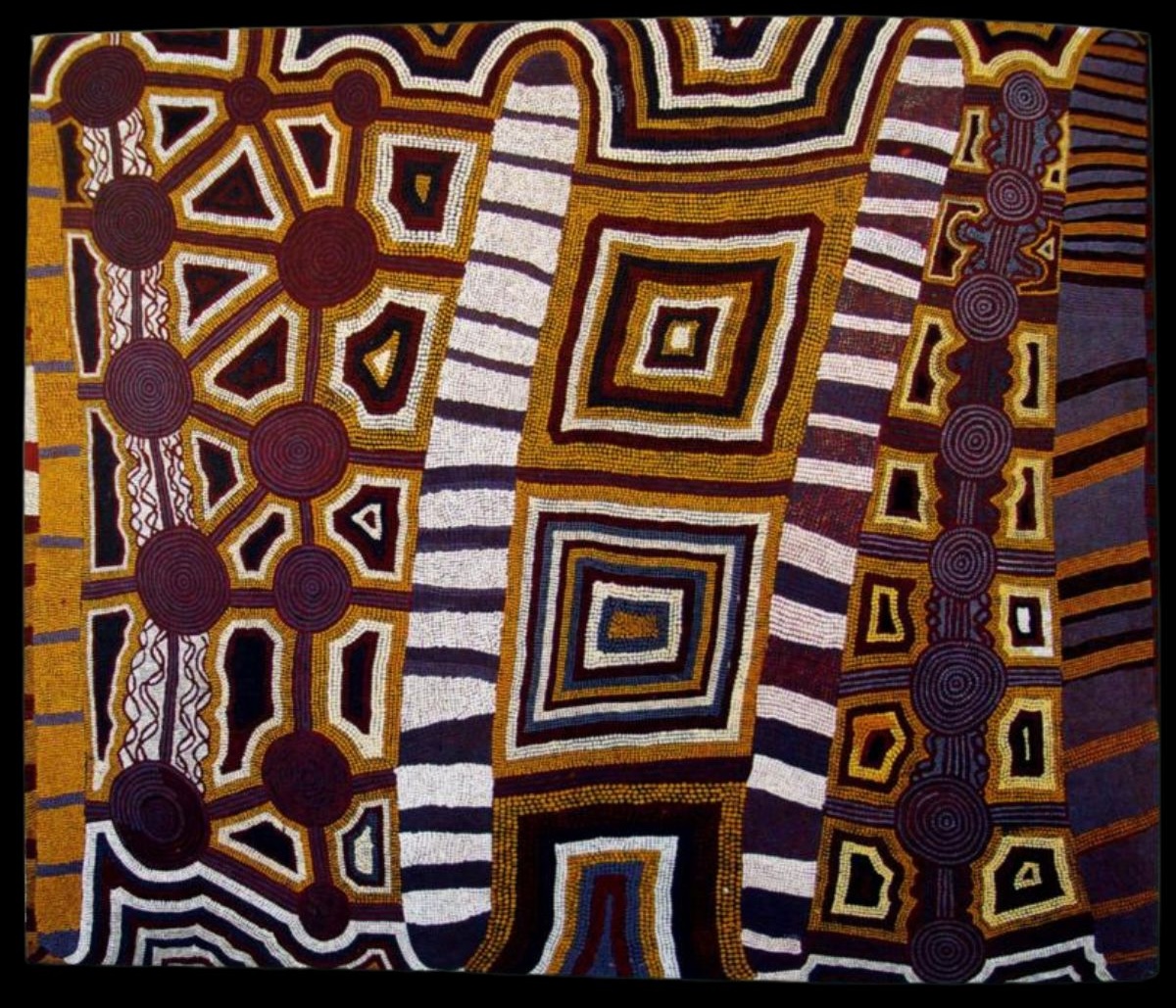
Parayirrpilnya 1985
Synthetic polymer paint on canvas, bears Papunya Tula consignment number TP850655 on the reverse,
152 x 183 cm
Hammerprice: A$19,000
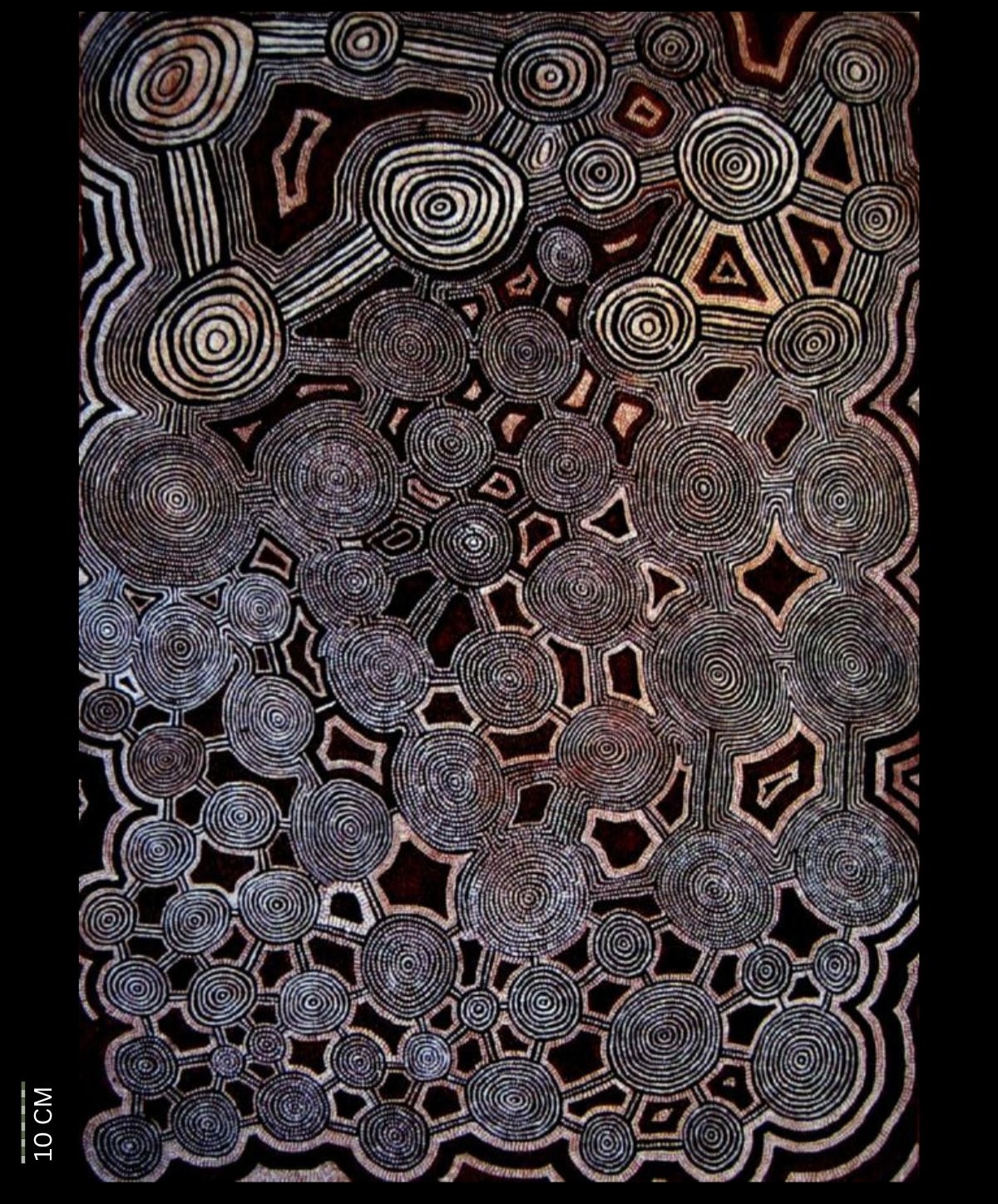
Tingari Painting Associated with the Site of Parayirrpilnya 1986
Synthetic polymer paint on linen, bears Papunya Tula Artists catalogue number TP860605 on the reverse,
141 x 101 cm
Hammerprice: A$24,000

Parayirrpilnya, 1986
Synthetic polymer paint on linen, bears inscription verso: Papunya Tula Artists cat. TP860605,
140.5 x 101 cm
Hammerprice: A$18,500
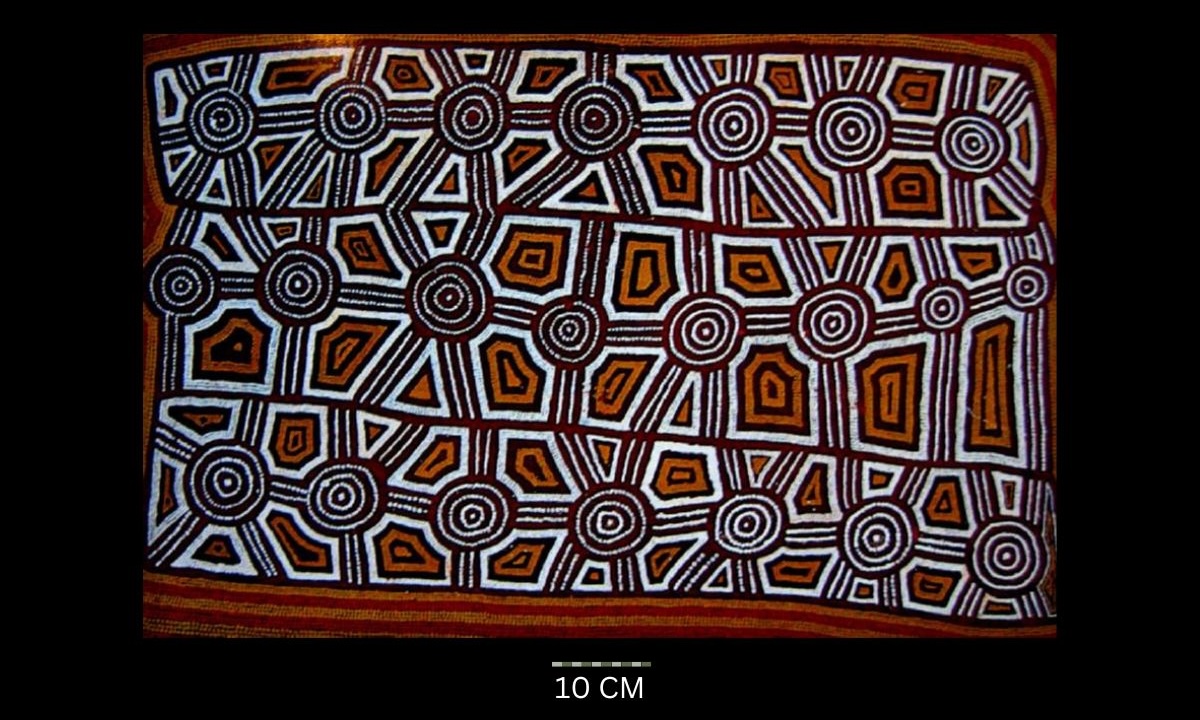
Untitled 1987
Synthetic polymer paint on linen, bears artist’s name and Papunya Tula Artists catalogue number TP870766,
91.5 x 137 cm
Hammerprice: A$4,250
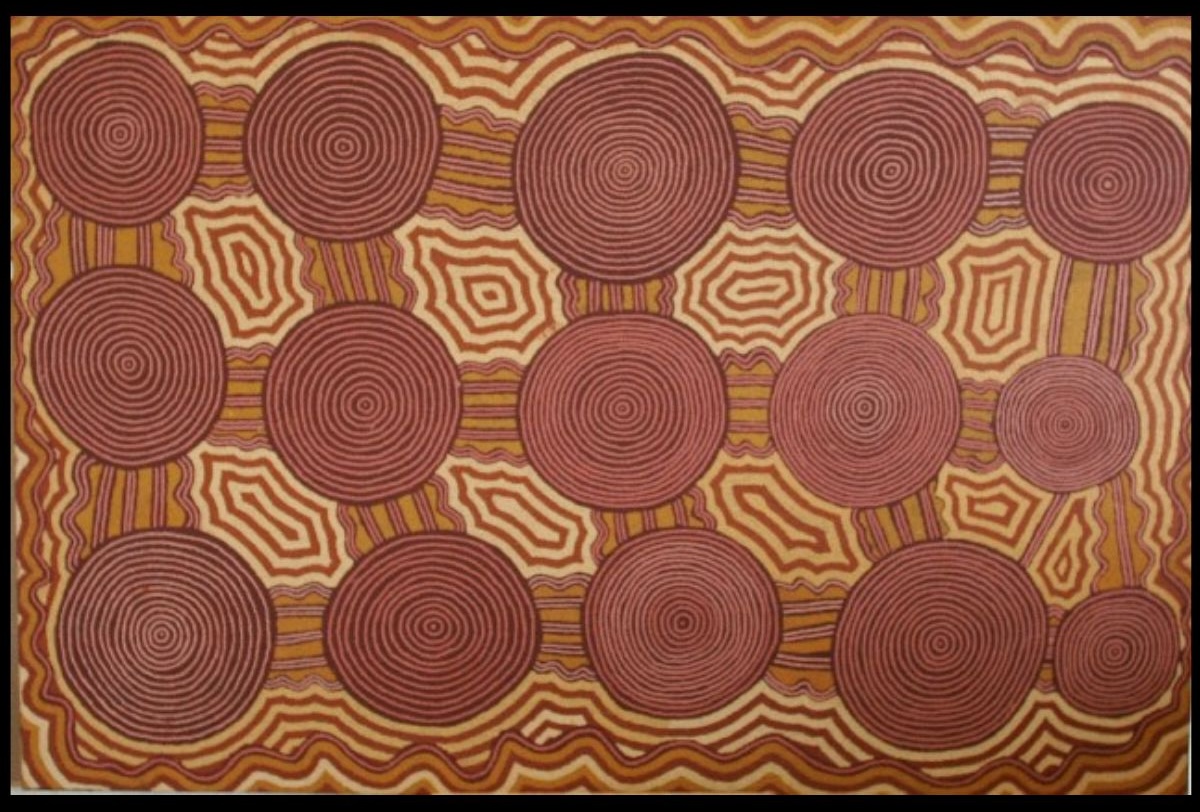
Kanakulanga 1988
Synthetic polymer paint on canvas,
121 x 183 cm
Hammerprice: A$4,200
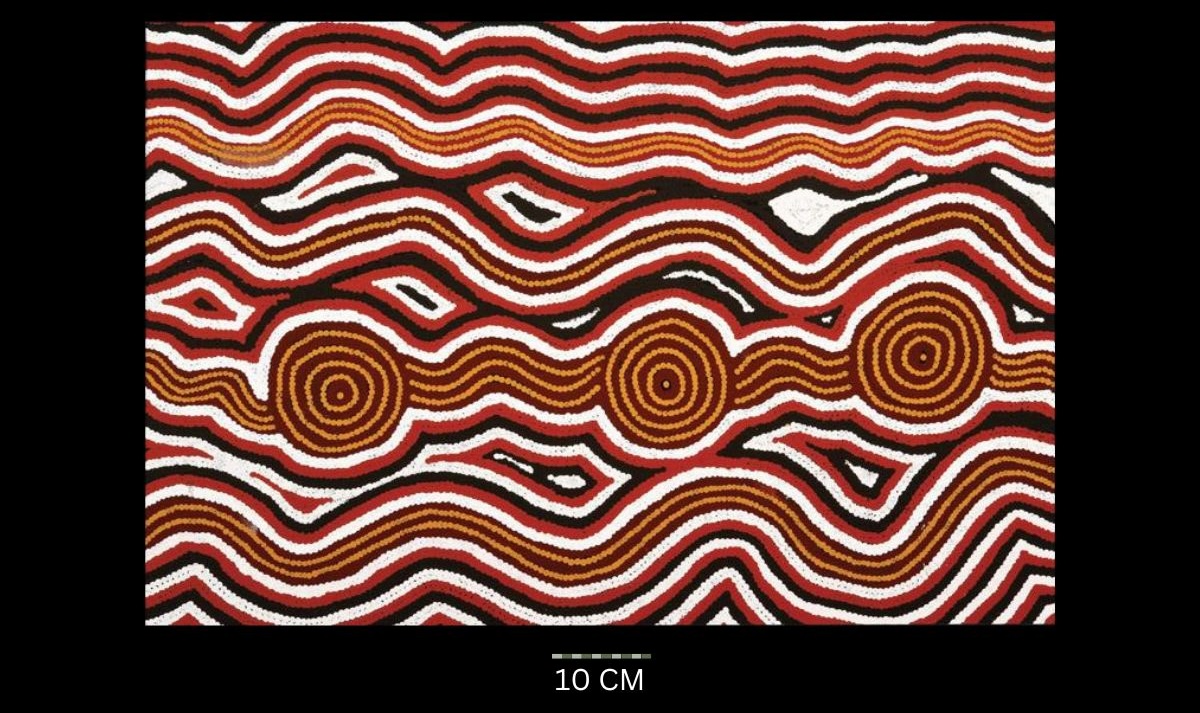
Tingari Ceremonies at Weti, 1992
Synthetic polymer paint on Belgium linen,
61 x 91.5 cm
Hammerprice: A$1,800
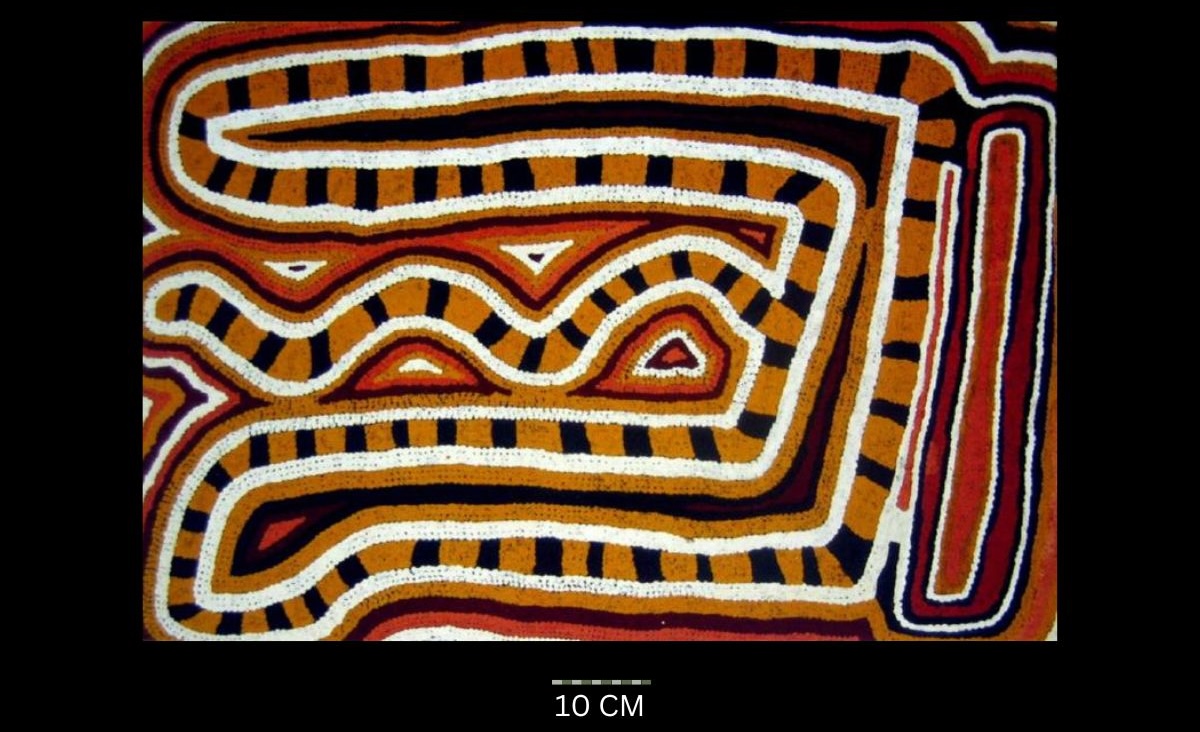
Untitled 1993
Synthetic polymer paint on linen, bears artist’s name, size and Papunya Tula Artists catalogue number TP930227 on the reverse,
91.5 x 61 cm
Hammerprice: A$2,400
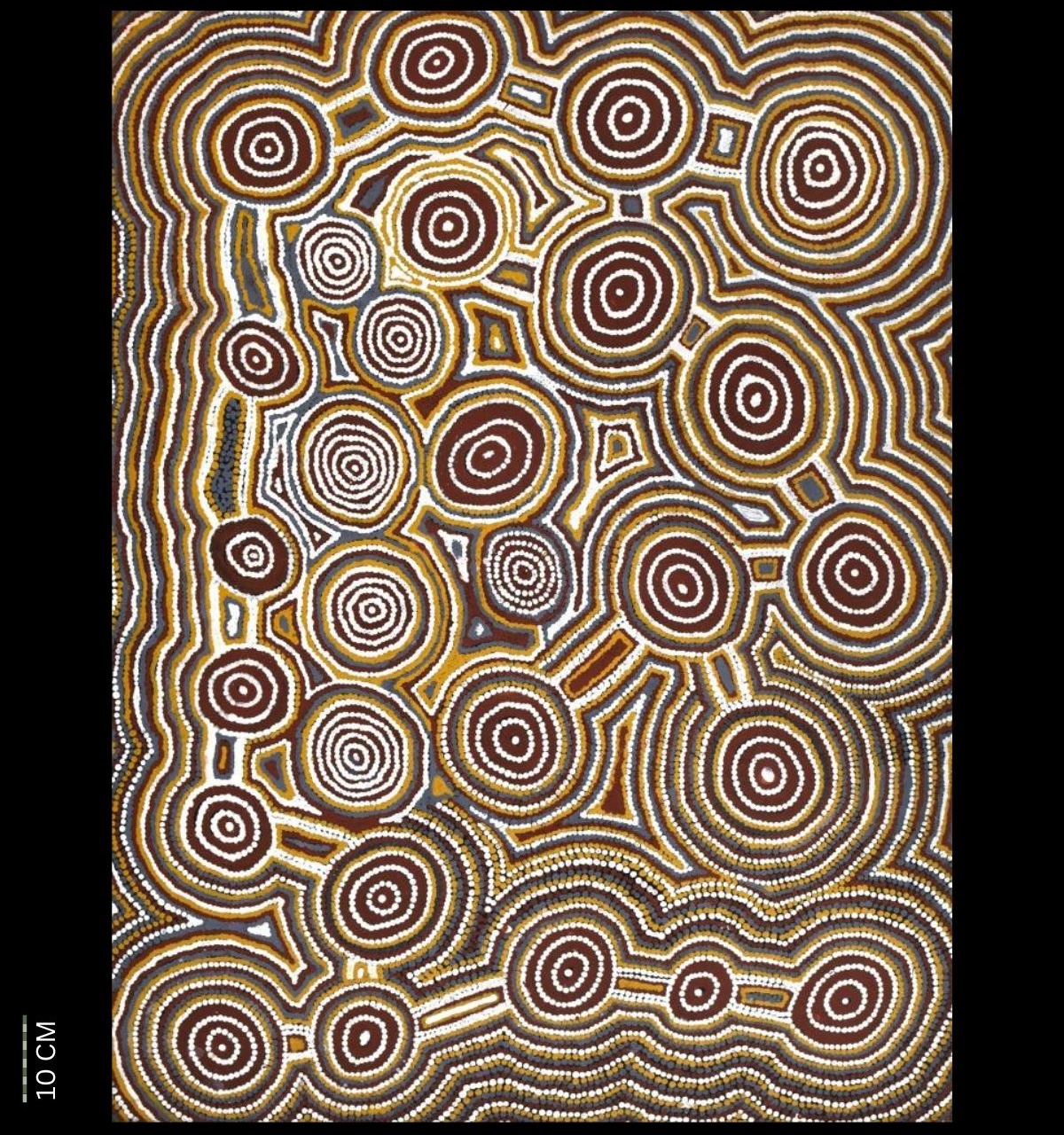
Tingari, 1993
Synthetic polymer paint on Belgian linen,
125 x 94 cm
Hammerprice: A$5,500
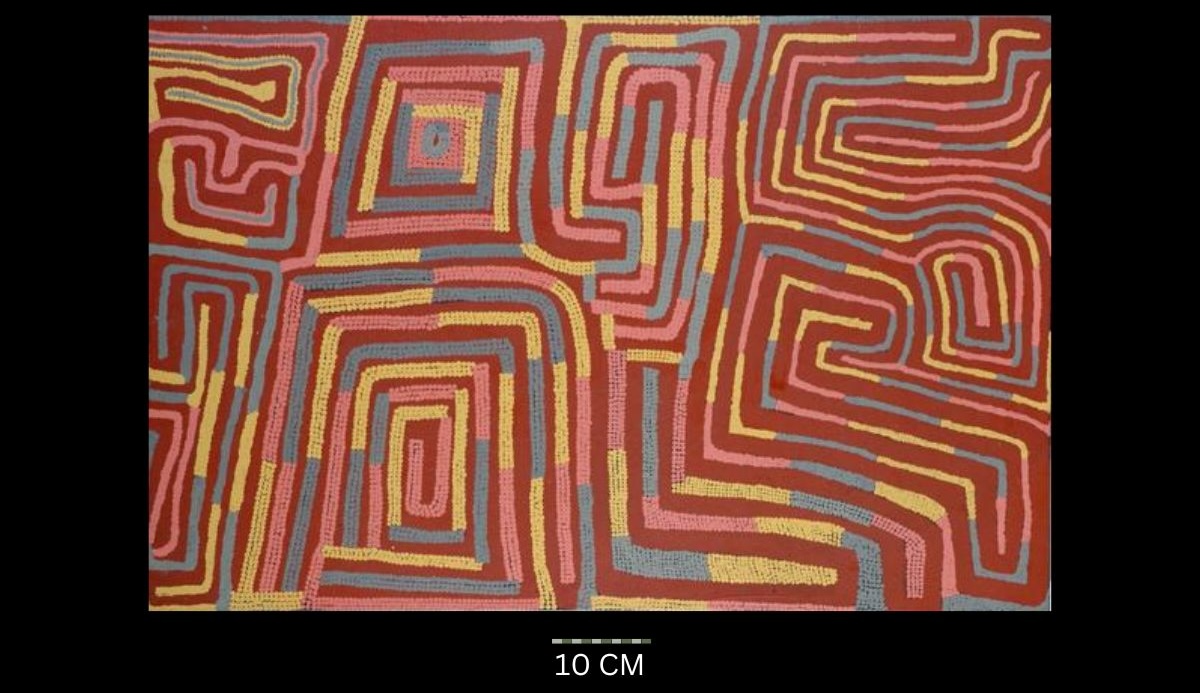
Untitled 1994
Synthetic polymer paint on linen, bears artist’s name and Papunya Tula Artists catalogue number TP9505102 on the reverse,
90 x 136 cm
Hammerprice: A$3,000
Post-1994 Artistic Evolution: Churinga Designs and Innovation
After 1994, Timmy diverged from the now-common Tingari-centric compositions and began exploring bold interlocking key motifs inspired by sacred churinga and ceremonial shields from Western Australia and the Kimberley. These powerful visual patterns—seen on La Grange shields and Far West Desert dance boards—signaled a distinctive shift in his art. Unlike many fellow Papunya Tula artists, Timmy introduced dual-colour compositions that balanced traditional Aboriginal symbolism with a striking contemporary aesthetic. While these innovative works were not widely marketed and remain undervalued in the Aboriginal art market, they represent a unique and compelling phase in the history of Western Desert Aboriginal painting.

Tingari, 1994
Synthetic polymer paint on Belgian linen,
153 x 122 cm
Hammerprice: A$17,000

Tingari Ancestors 1995
Acrylic on linen, inscribed with cat no verso: Timmy Payungka / A5205 / Yada / 8910,
91 x 122.5 cm
Hammerprice: A$1,700
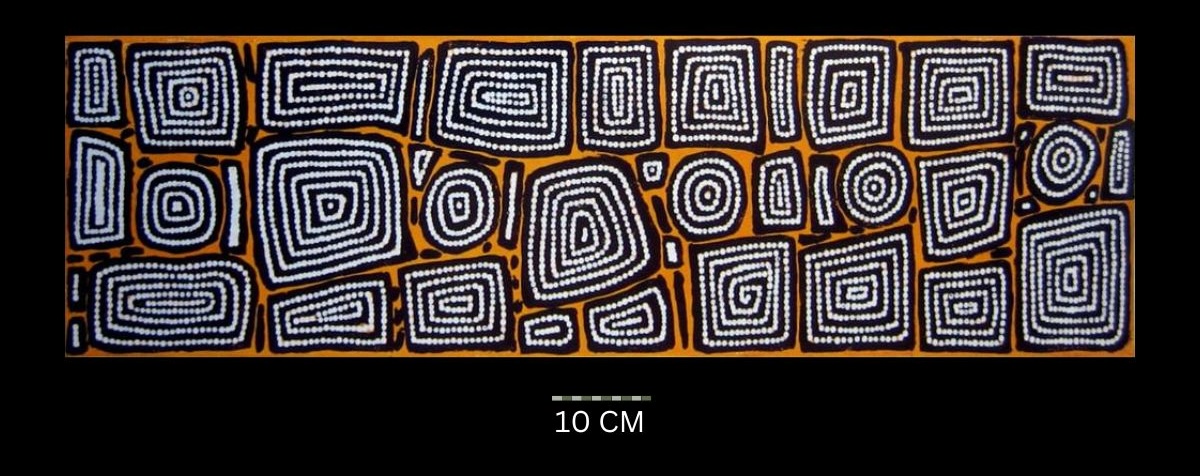
Untitled 1996
Synthetic polymer paint on linen, bears artist’s name size and Papunya Tula Artists catalogue number TP960844 on the reverse,
107 x 28 cm
Hammerprice: A$3,200
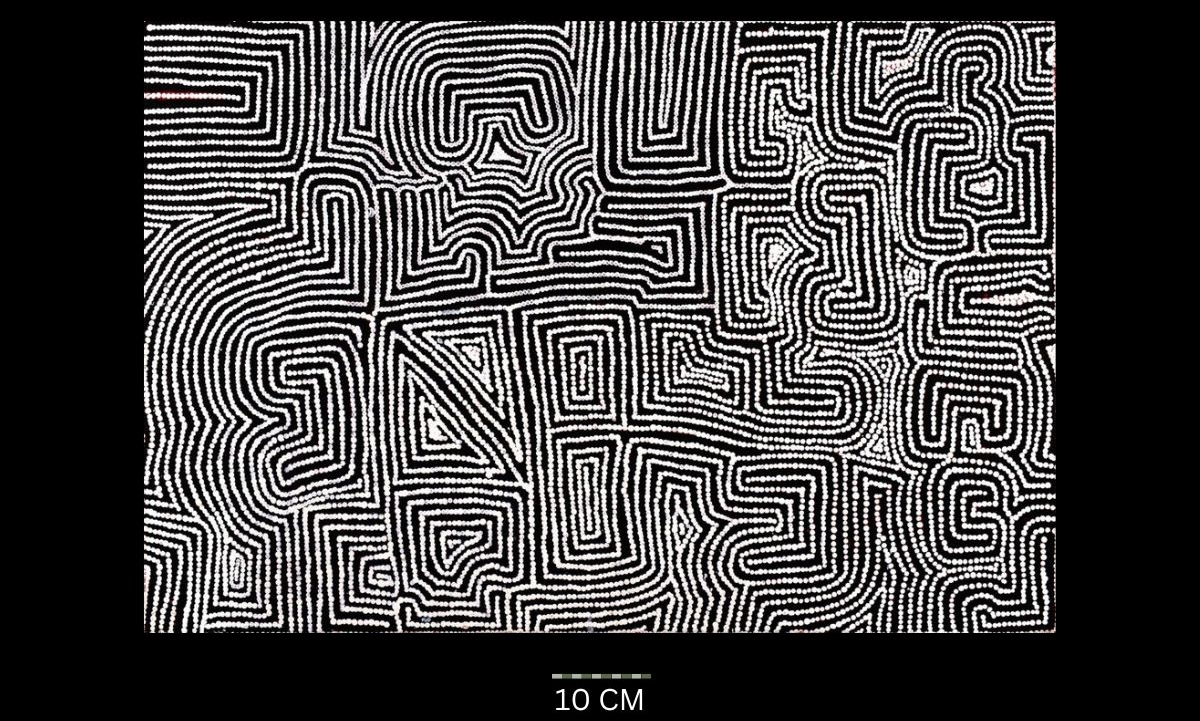
Untitled, 1996
Synthetic polymer paint on Belgian linen,
91 x 61 cm
Hammerprice: A$2,600
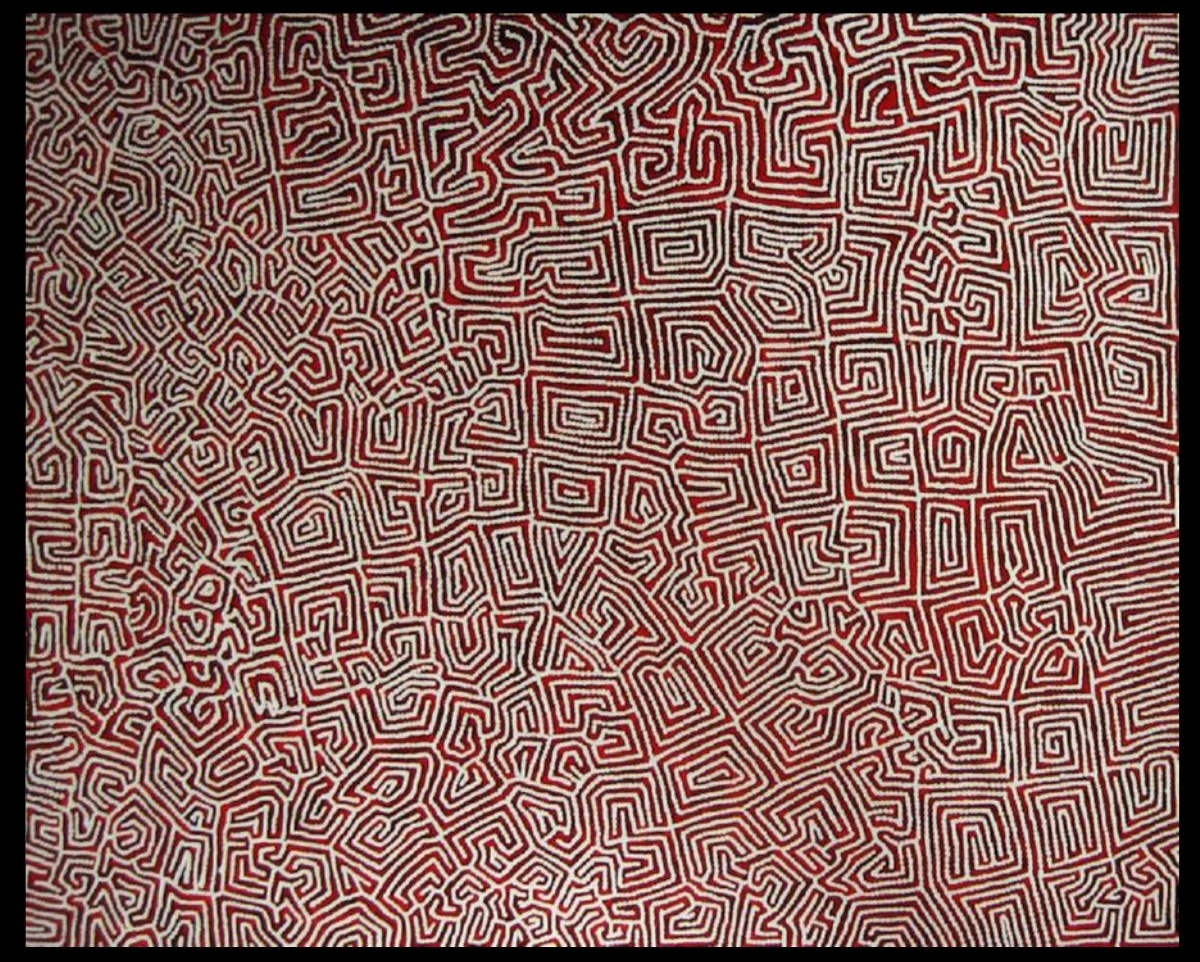
Kangaroo and Fire Dreaming 1997
Synthetic polymer paint on linen, bears artist’s name size and Papunya Tula Artists catalogue number TP9710119 on the reverse
Size not recorded
Hammerprice: A$26,000
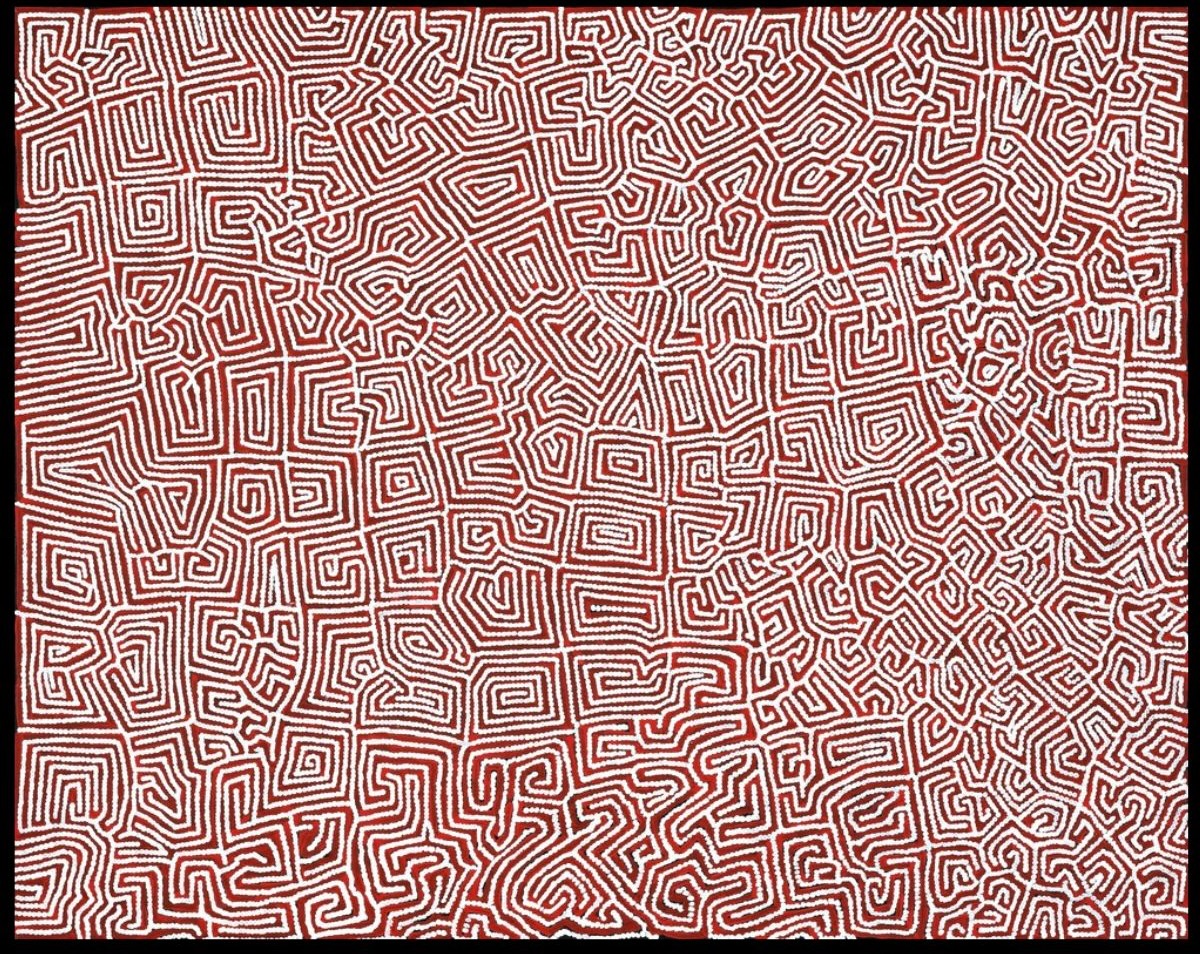
Untitled, 1997
Synthetic polymer paint on linen, bears inscription verso: artist’s name, size and Papunya Tula Artists cat. TP9710119,
153 x 122 cm
Hammerprice: A$10,000
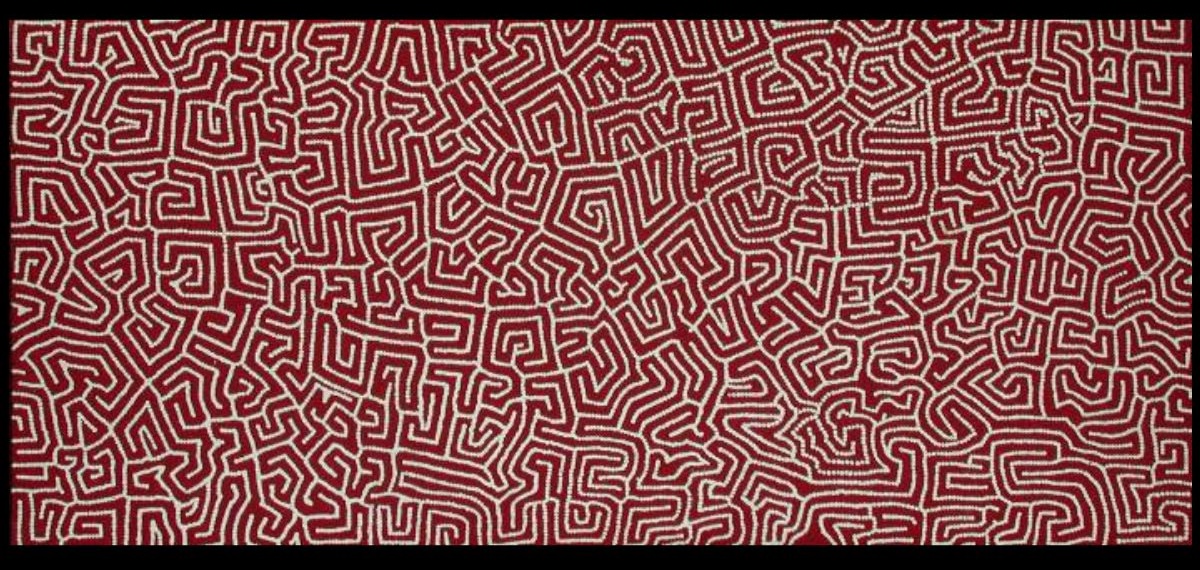
Tingari Cycle at Wilkinkarra, 1997
Acrylic on linen canvas,
185 x 84 cm
Hammerprice: A$13,000
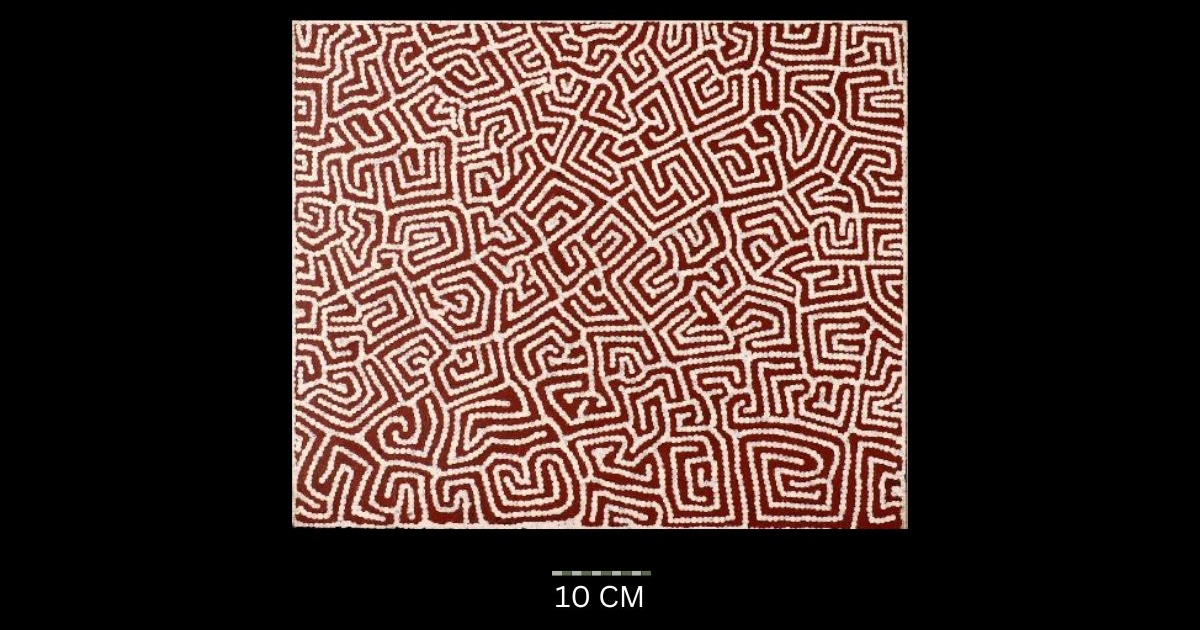
Tingari Cycle, 1997
Synthetic polymer paint on canvas,
51 x 61 cm
Hammerprice: A$1,600
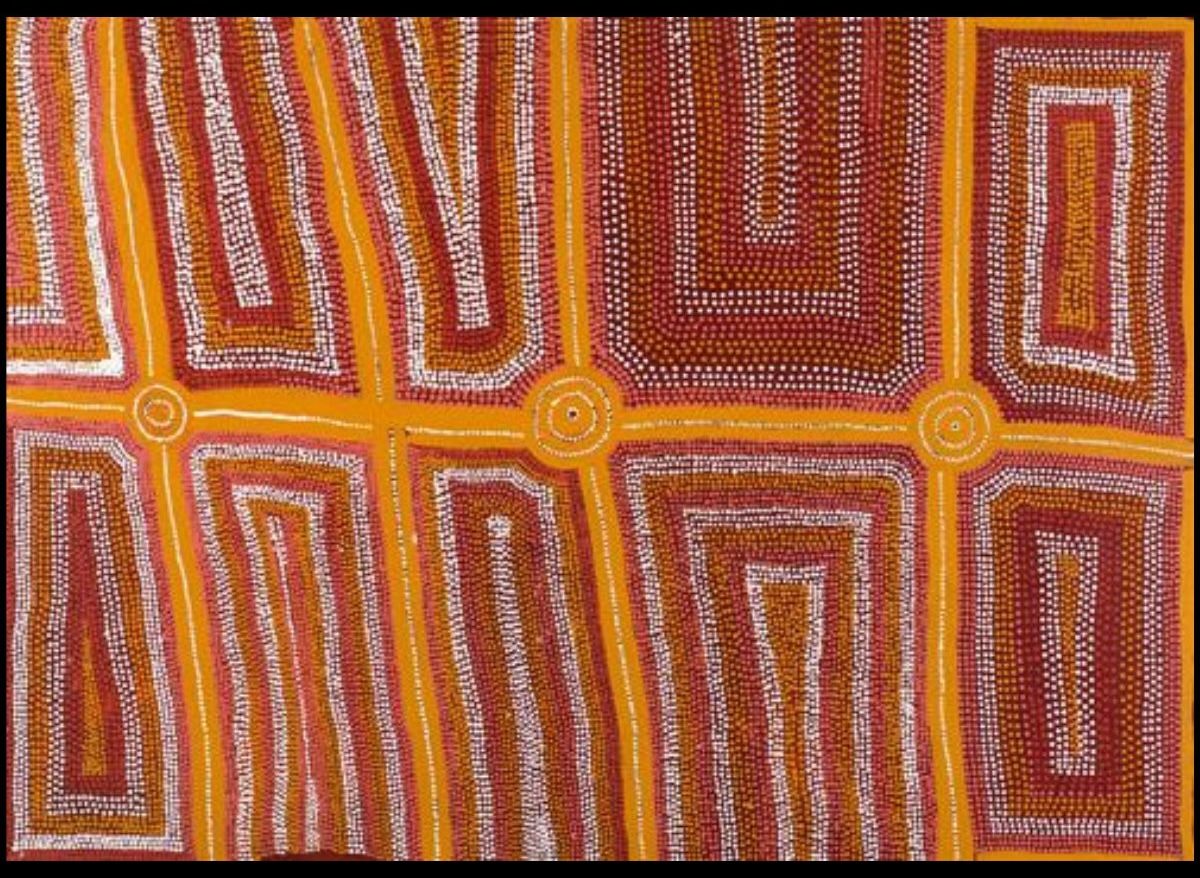
Untitled 1997
Acrylic on canvas, inscribed on stretcher verso T.P.9771,
214 x 153 cm
Hammerprice: A$1,900
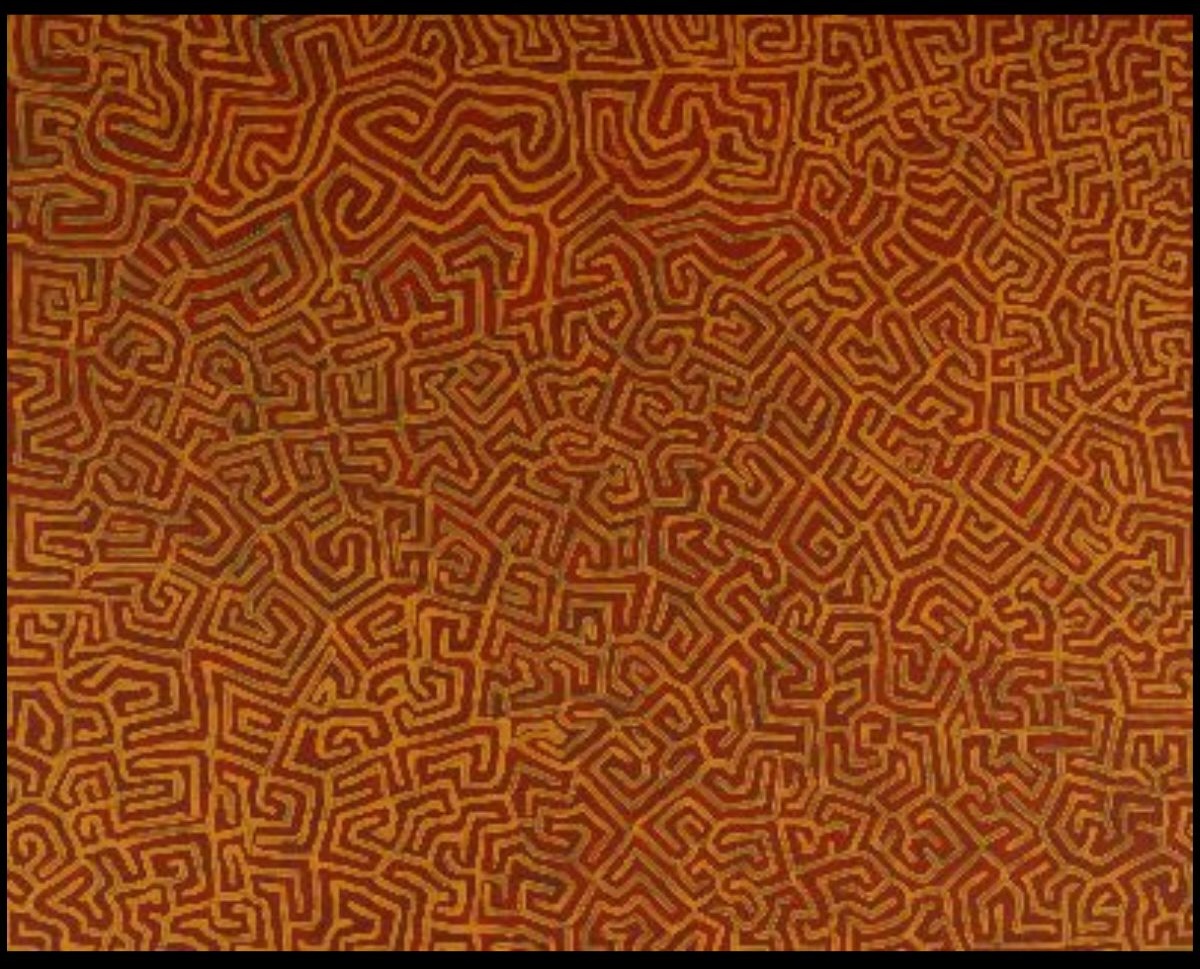
Tingari Cycle
Synthetic polymer paint on linen,
153 x 122 cm
Hammerprice: A$2,000
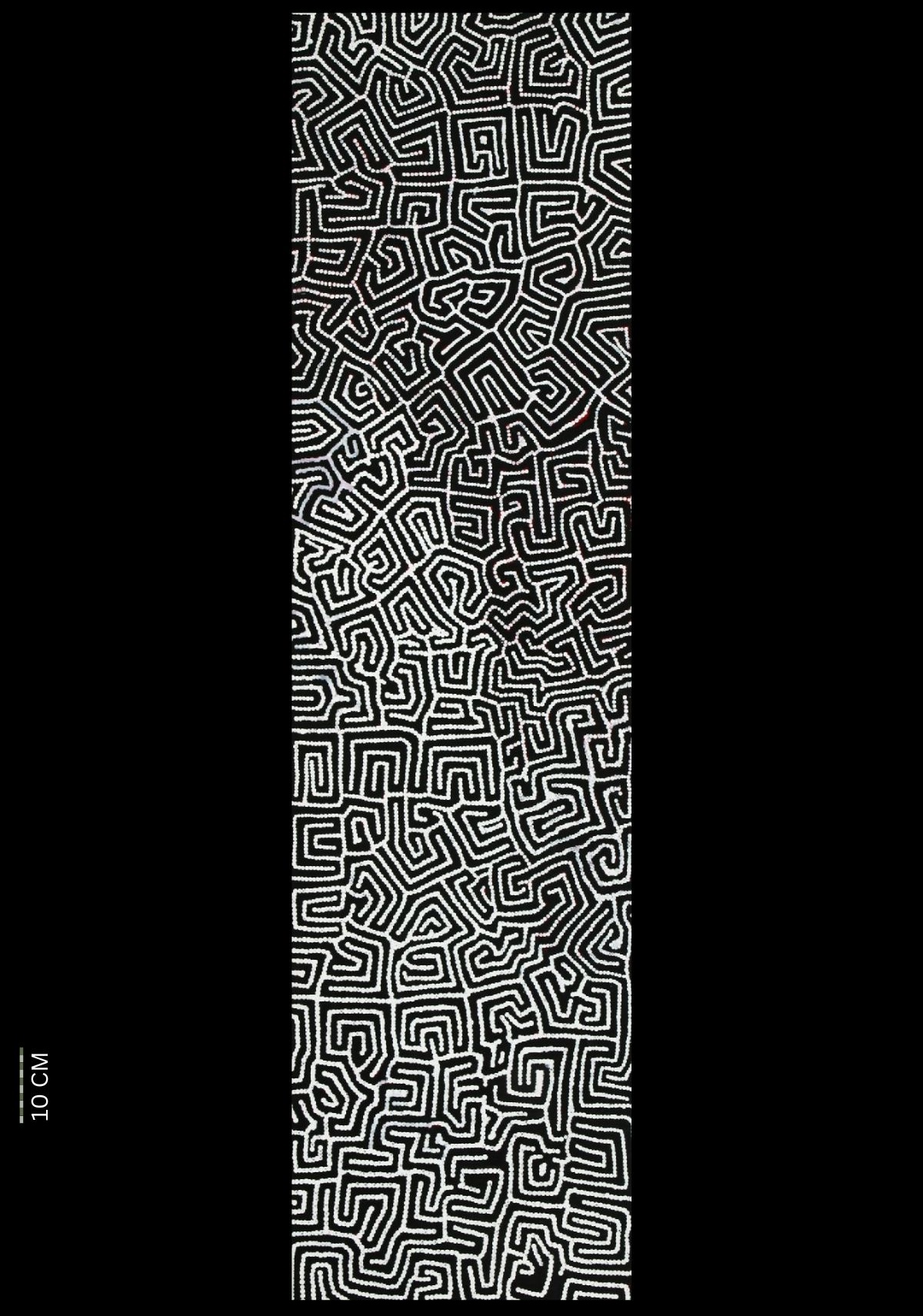
Tingari Cycle, 1997
Synthetic polymer paint on linen,
167 x 45 cm
Hammerprice: A$3,000
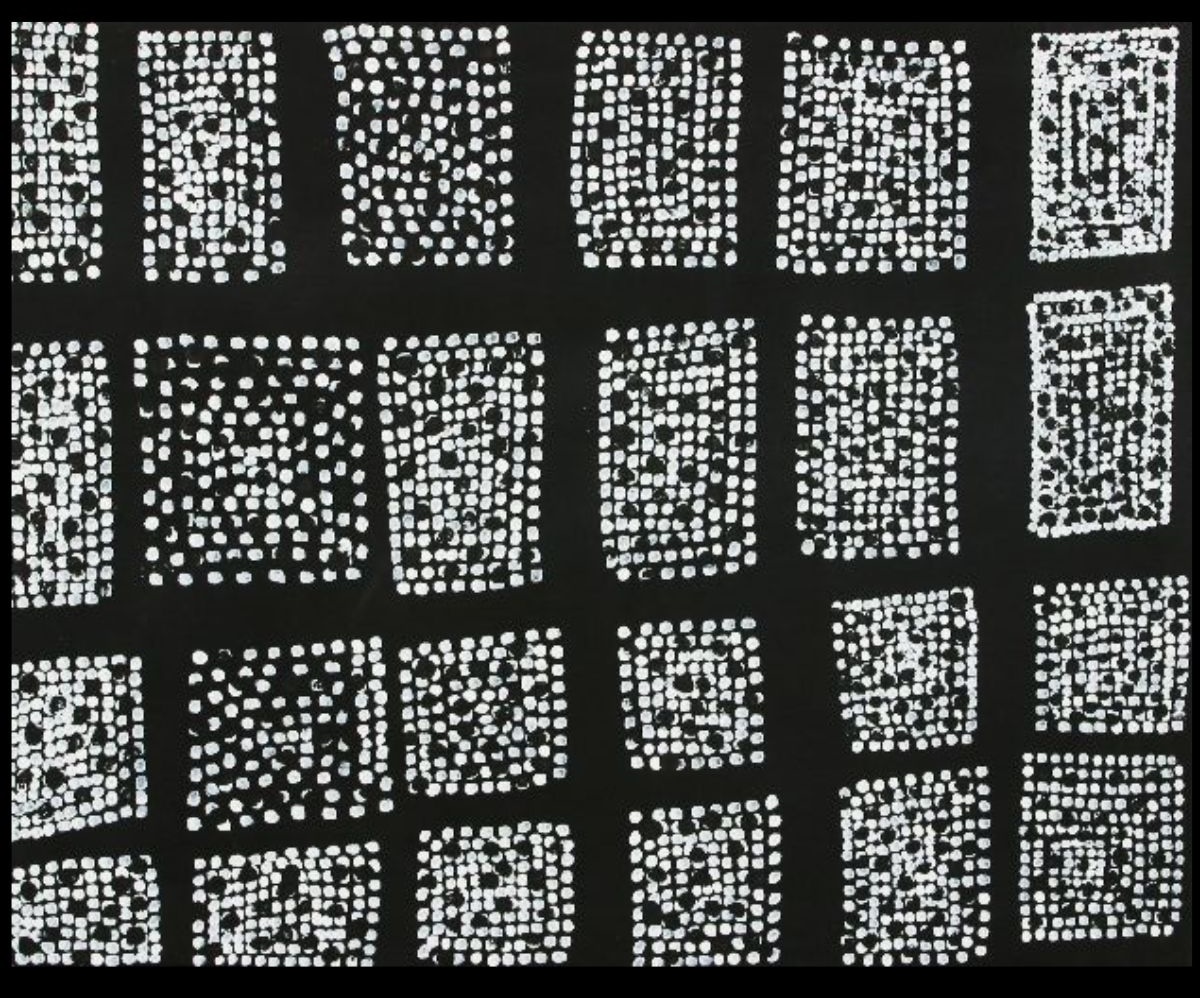
Untitled, 1997
Synthetic polymer paint on canvas, signed verso by the artist,
122 x 153 cm
Hammerprice: A$7,000
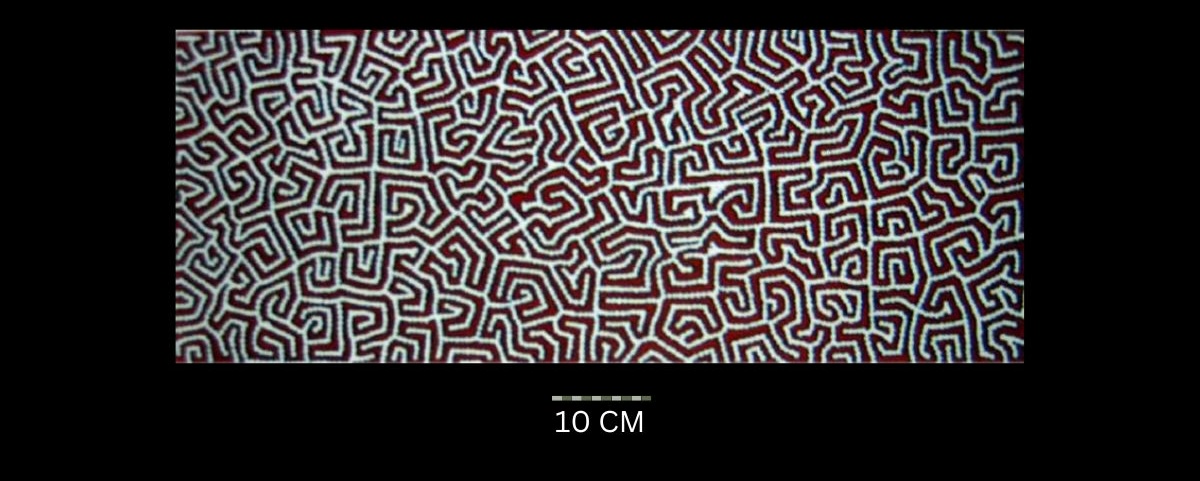
Tingari Cycle, 1998
Synthetic polymer paint on canvas,
84 x 33 cm
Hammerprice: A$3,200
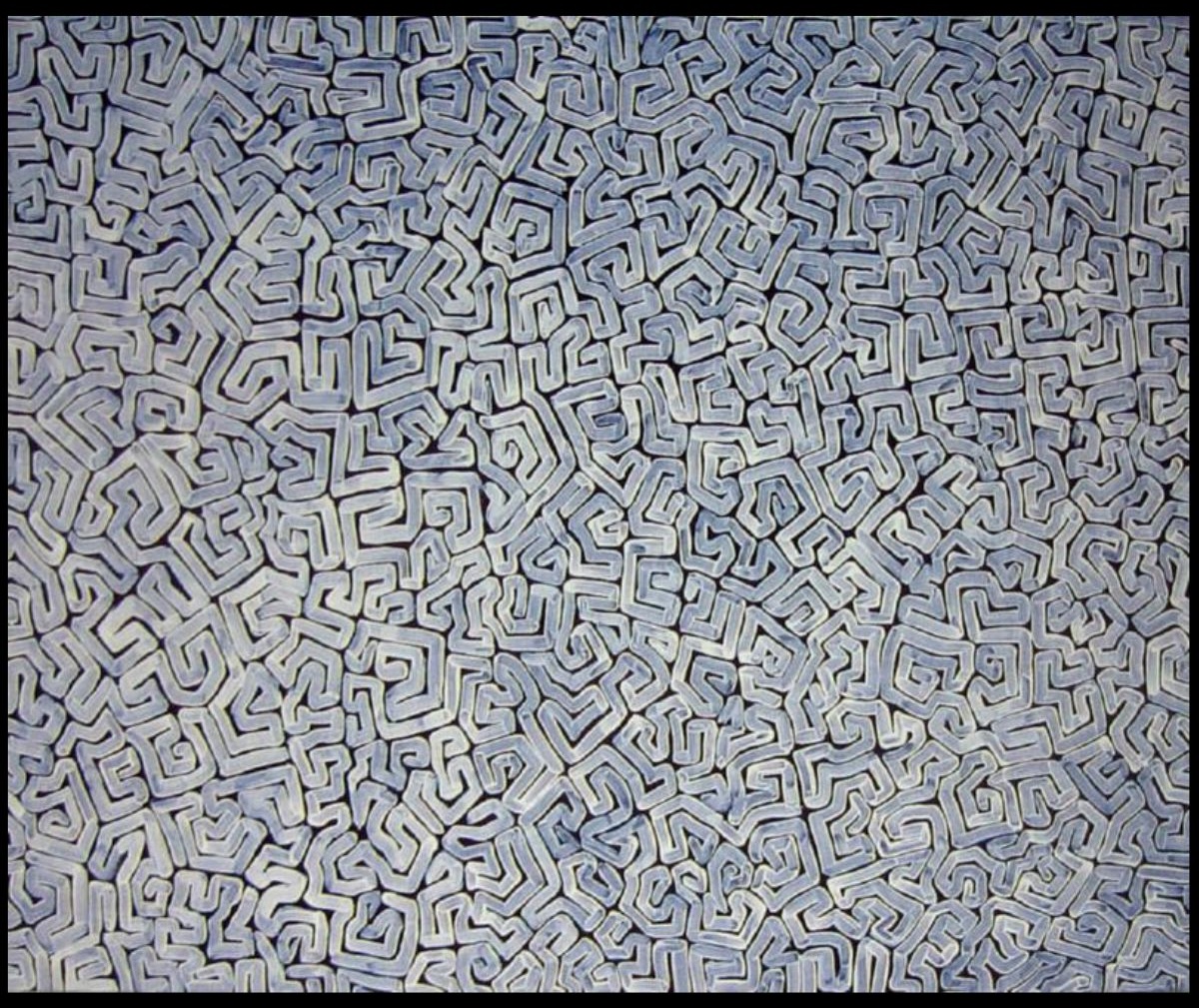
Untitled, 1998
Synthetic polymer paint on canvas, signed verso ‘Timmy’ and inscribed with catalogue number 1006TP,
121 x 150 cm
Hammerprice: A$3,000
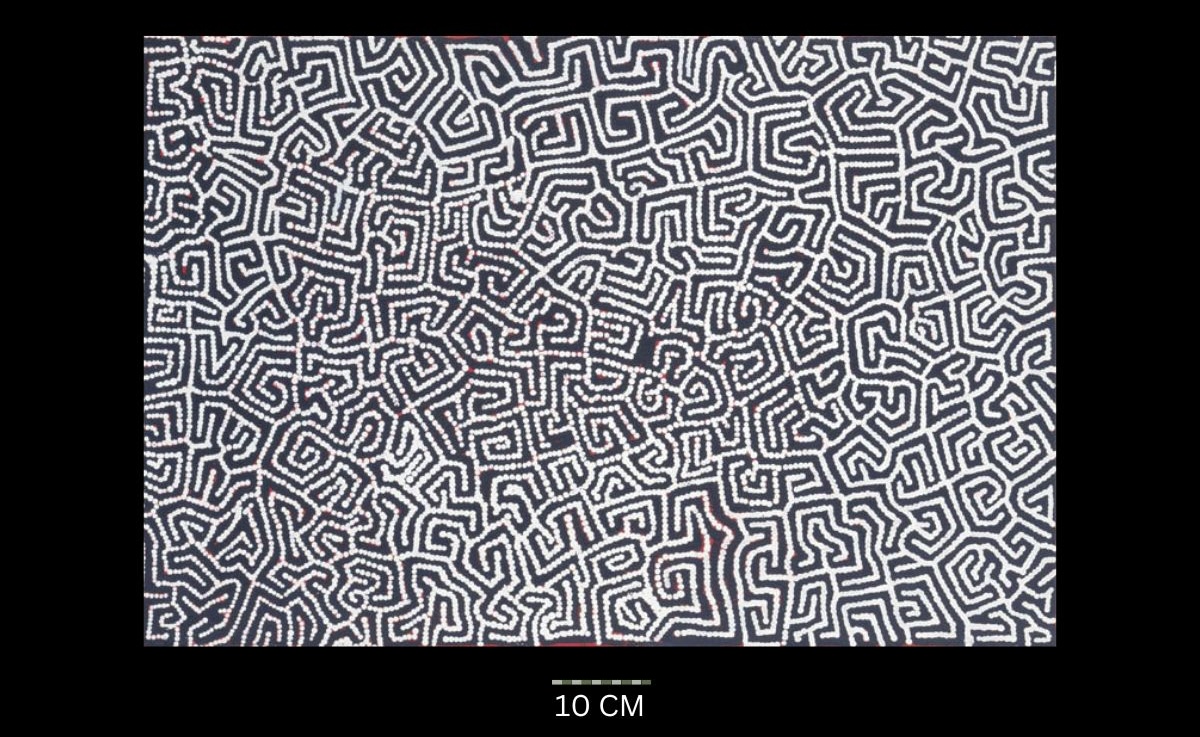
Untitled 1998
Synthetic polymer paint on canvas, with Papunya Tula Artists number TP9803131 on the reverse,
91 x 61 cm
Hammerprice: A$5,000
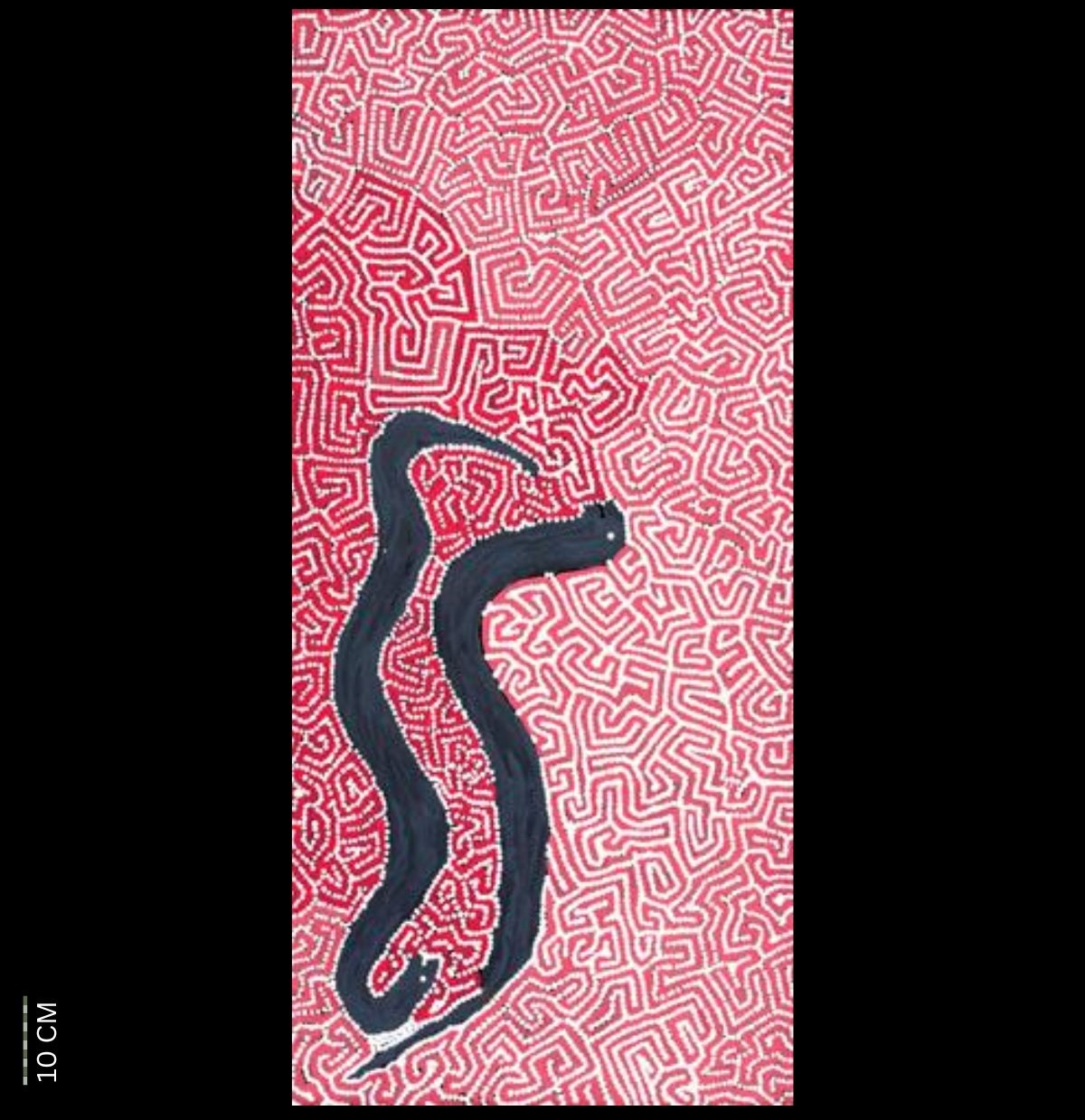
Untitled Timmy Payungka Tjapangati Artwork
Acrylic on canvas, signed verso TIMMY,
55 x 121 cm
Hammerprice: A$4,800
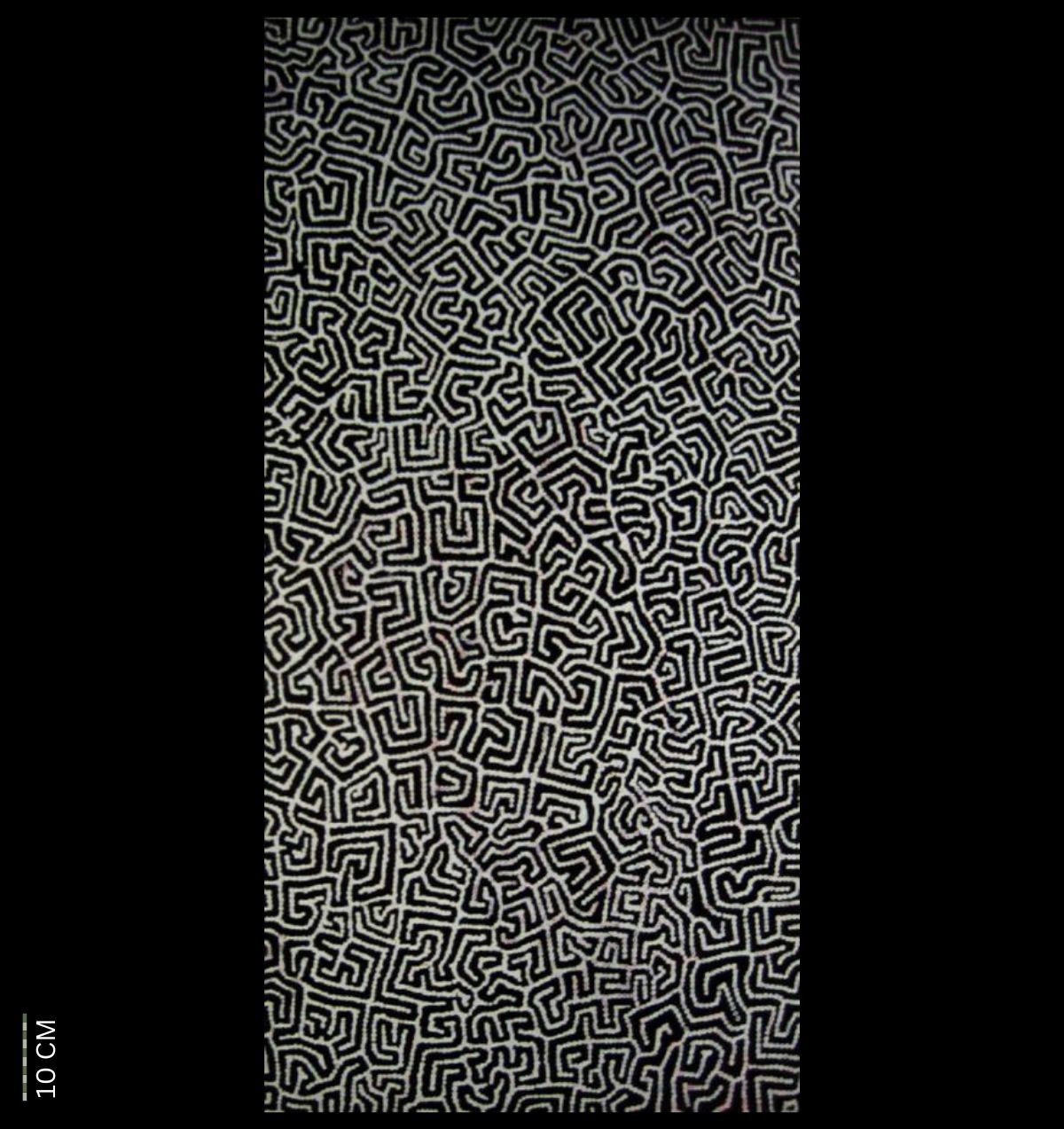
Untitled Timmy Payungka Tjapangati Artwork 1999
Synthetic polymer paint on linen, bears artist’s name and Papunya Tula Artists catalogue number TP ???? on the reverse,
123 x 61 cm
Hammerprice: A$5,500
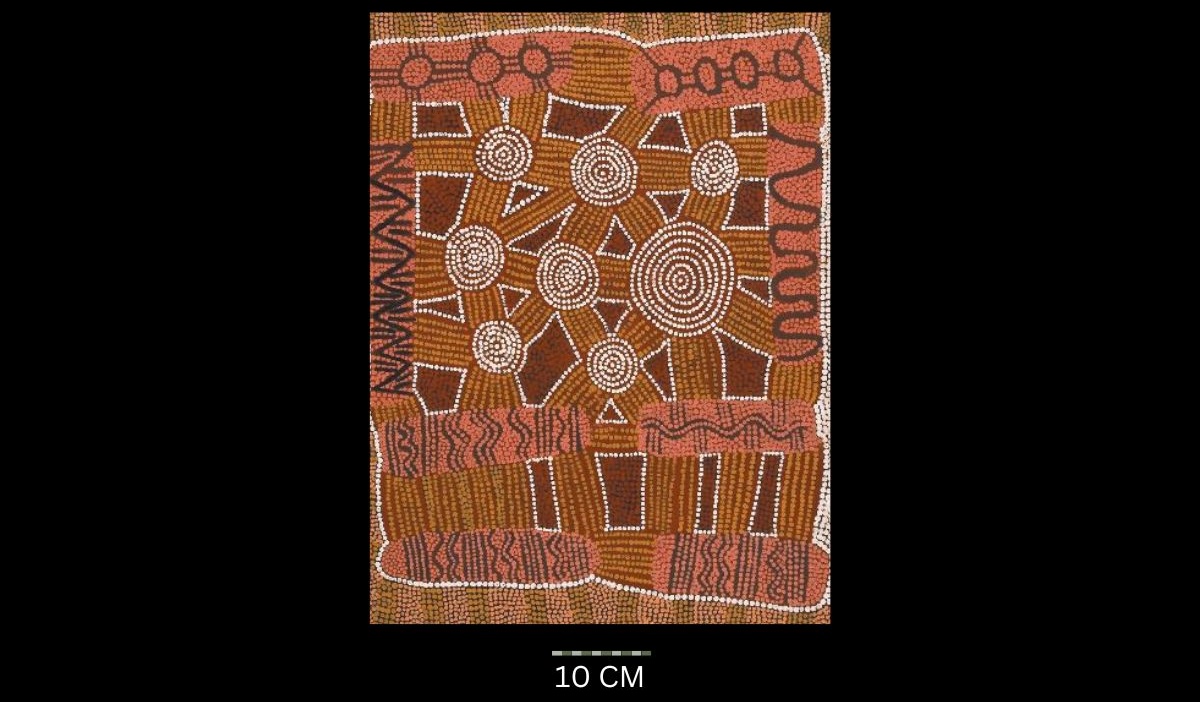
Ceremonial Designs Near Lake Mackay, 2000
Synthetic polymer paint on linen,
61 x 46 cm
Hammerprice: A$2,000
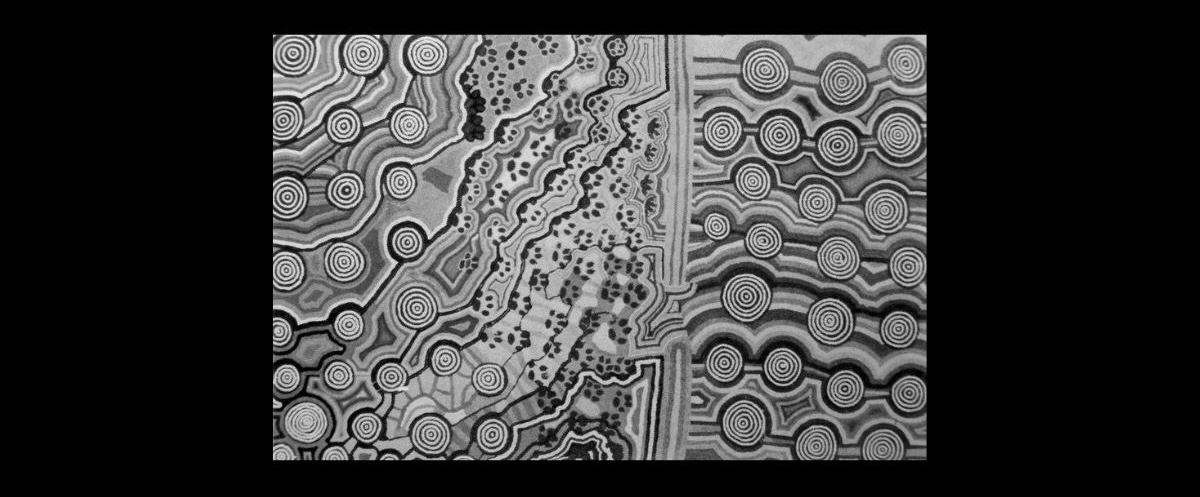
Dingo Dreaming
Acrylic on canvas
Size not recorded
Hammerprice: A$2,250
All images in this article are for educational purposes only.
This site may contain copyrighted material the use of which was not specified by the copyright owner.
All images are the copyright of the Artists estate and the consignee of the artworks sold.
Timmy Payungka Tjapangati references
Papunya: A place made after the Story
Aboriginal Artwork Values
Selling at Auction
Selling artwork at auction can sometimes yield favorable results, particularly when multiple interested bidders compete, potentially driving up the final sale price. This environment can occasionally lead to inexperienced buyers bidding more than they originally intended, which can benefit the seller in competitive situations.
In the niche market of Aboriginal art however this is the exception with mosy potential bidders being knowledgable and well researched
Downside to Selling at Auction
Auctions come with inherent limitations. One significant drawback is that they do not achieve the full market potential of an artwork. For instance, if the most motivated buyer values a piece at $10,000 but is aware of a 30% buyer’s premium, they may only be willing to place a maximum bid of $7,000. Meanwhile, the second most motivated buyer who values the work at $6,000 may only bid up to $4,200. As a result, bidding would likely stop at $4,200, and the winning bid might be only one bid higher, say $4,300. After deducting seller’s fees (10%-29%), the final amount received by the seller will be less than $3,900—far below the artwork’s perceived value.
Another risk associated with auctions is limited reach. Potential buyers who may have been willing to pay significantly more might simply not be aware of the auction, not have the money at the time or unable to participate at the scheduled time. This can result in missed opportunities and lower-than-expected sale outcomes.
This dynamic explains why many art dealers are able to purchase artworks at auction and resell them privately at a profit. Their ability to match artworks with motivated collectors, often through targeted private outreach, allows them to capitalize on the limitations of the auction model.
Private Treaty Sales
An alternative to auction is selling through private treaty. This method involves engaging a dealer to offer the artwork directly to known collectors who collect or have a strong interest in a particular artist or genre. The sale is conducted at price agreed buy the dealer and seller, allowing for a more targeted and lucrative transaction.
One key advantage of private treaty sales is flexibility. If the dealer is unable to secure a buyer through private channels, the artwork can still be offered at auction later. This approach often ensures better control over the sales process and often result in a more favorable outcome for the seller, especially when maximizing value is the priority.
I specialise in private treaty sales and if you have a Kaapa Mbitjana artwork and you would like to know what I think it could be sold for, please send me an image dimensions and provenance.
